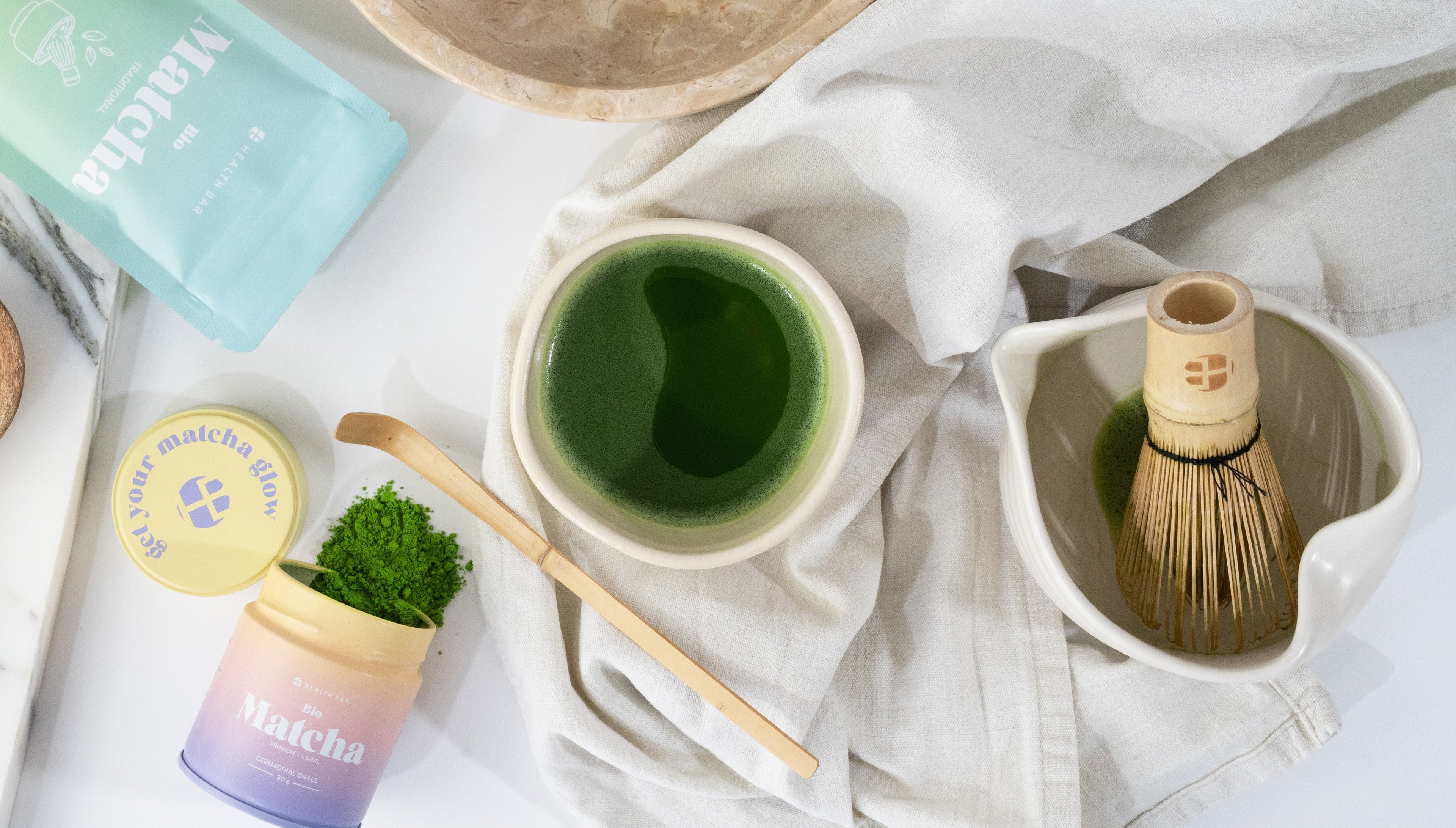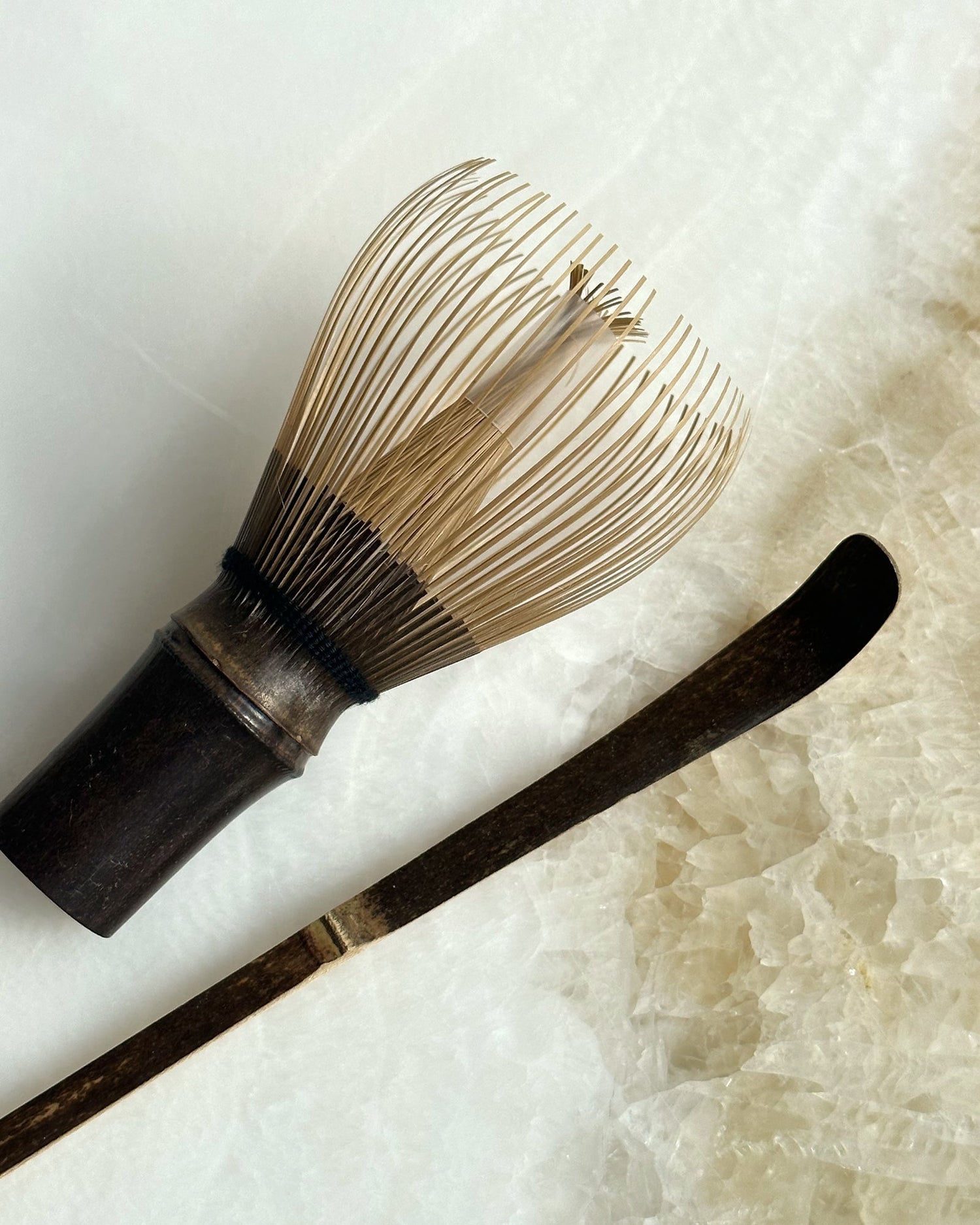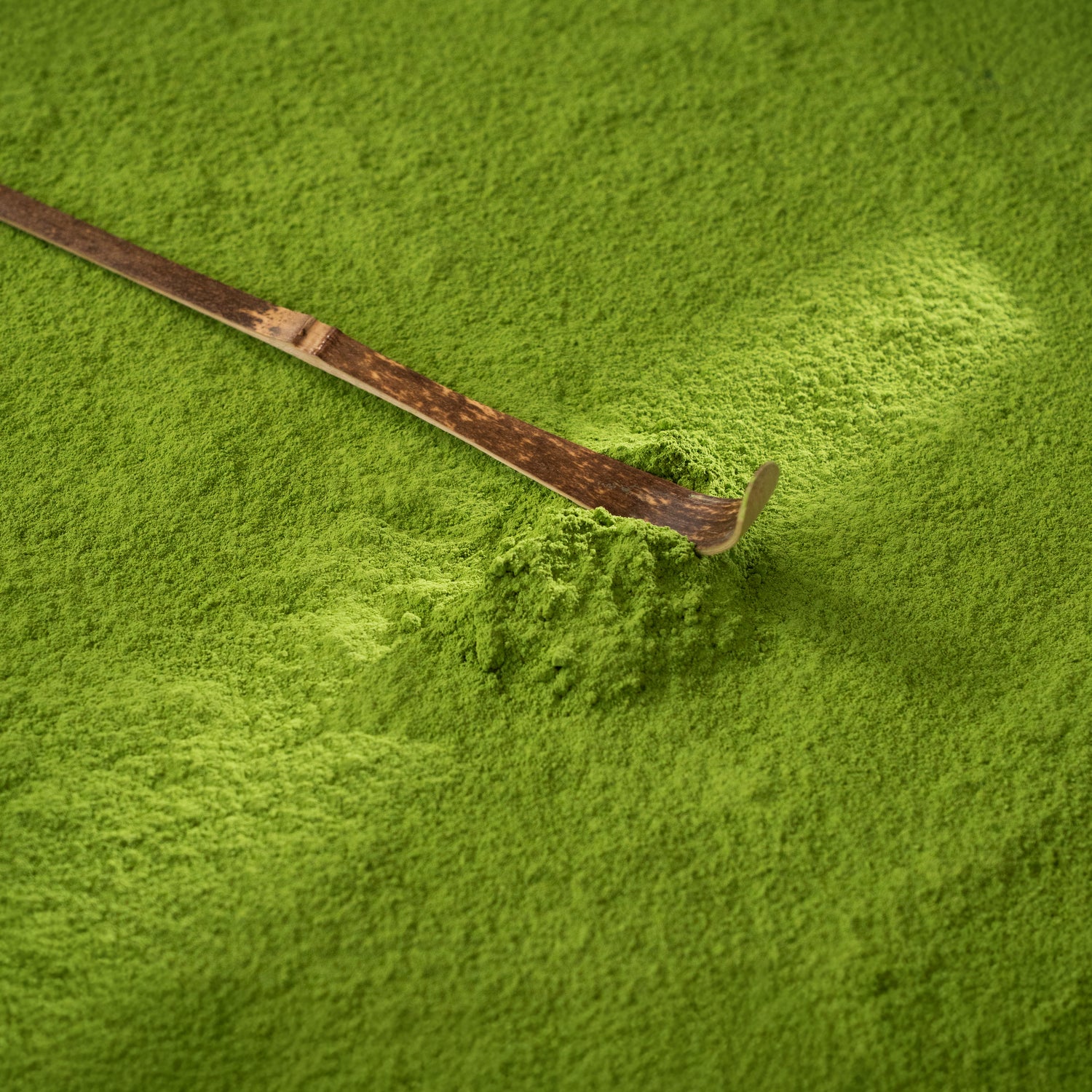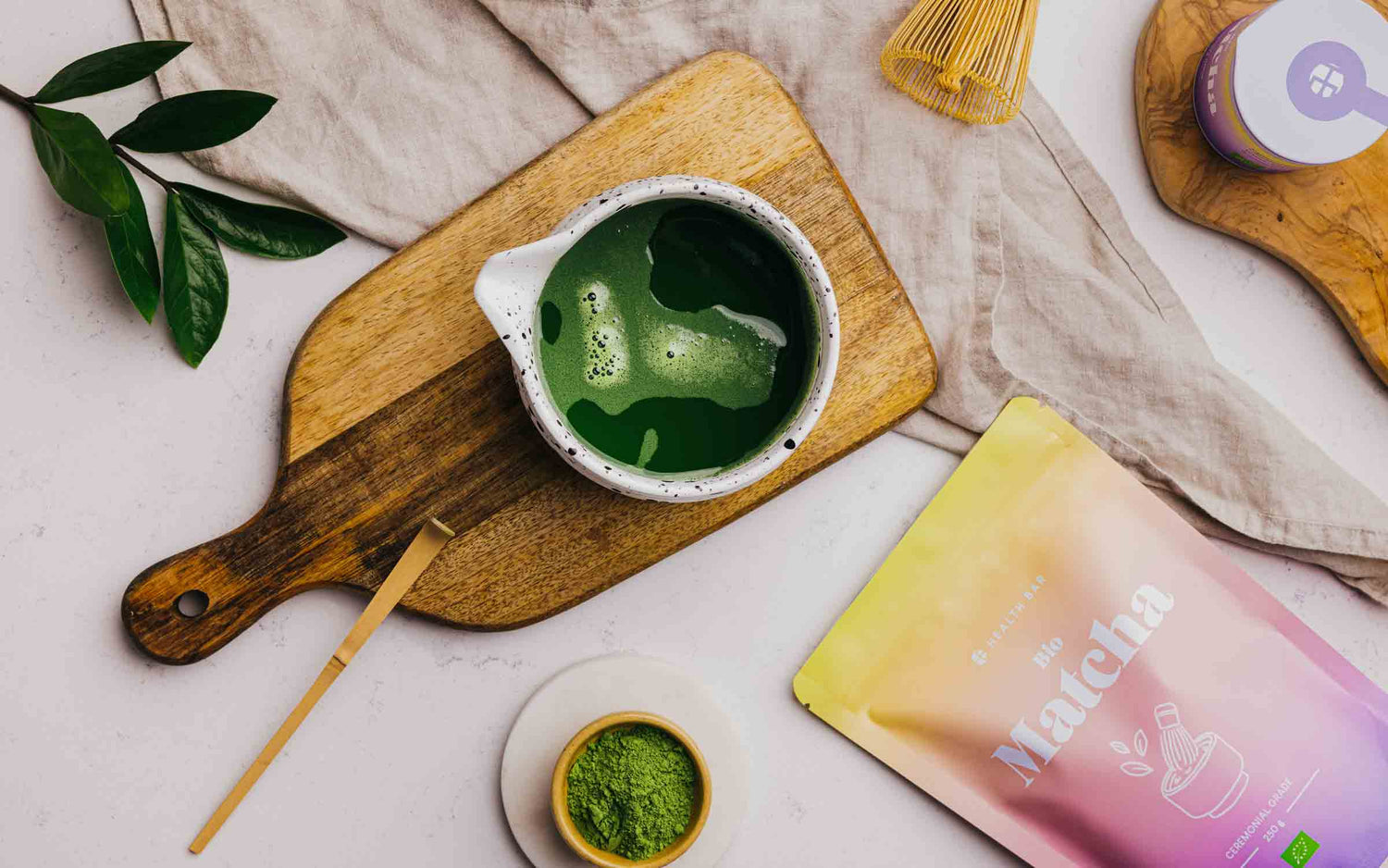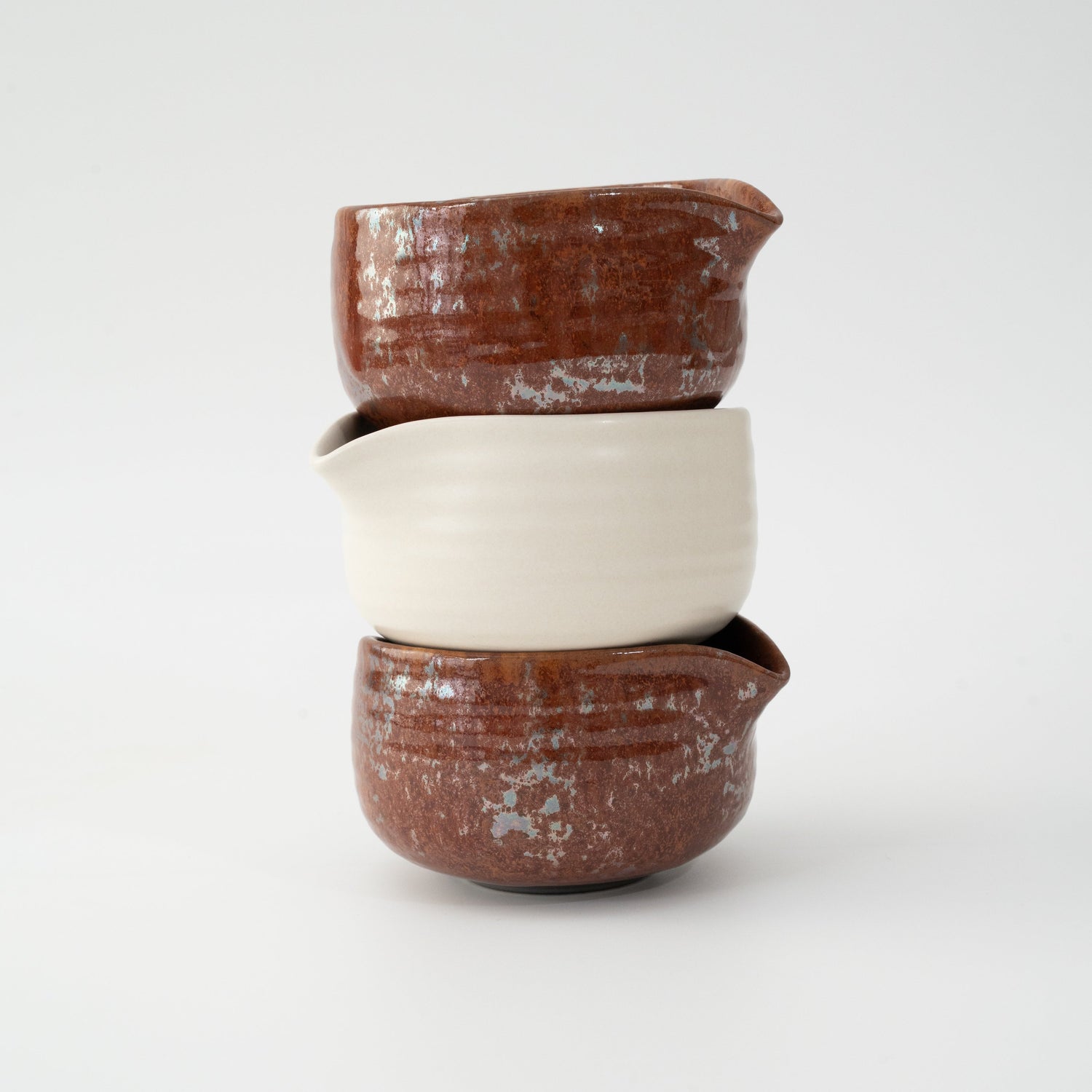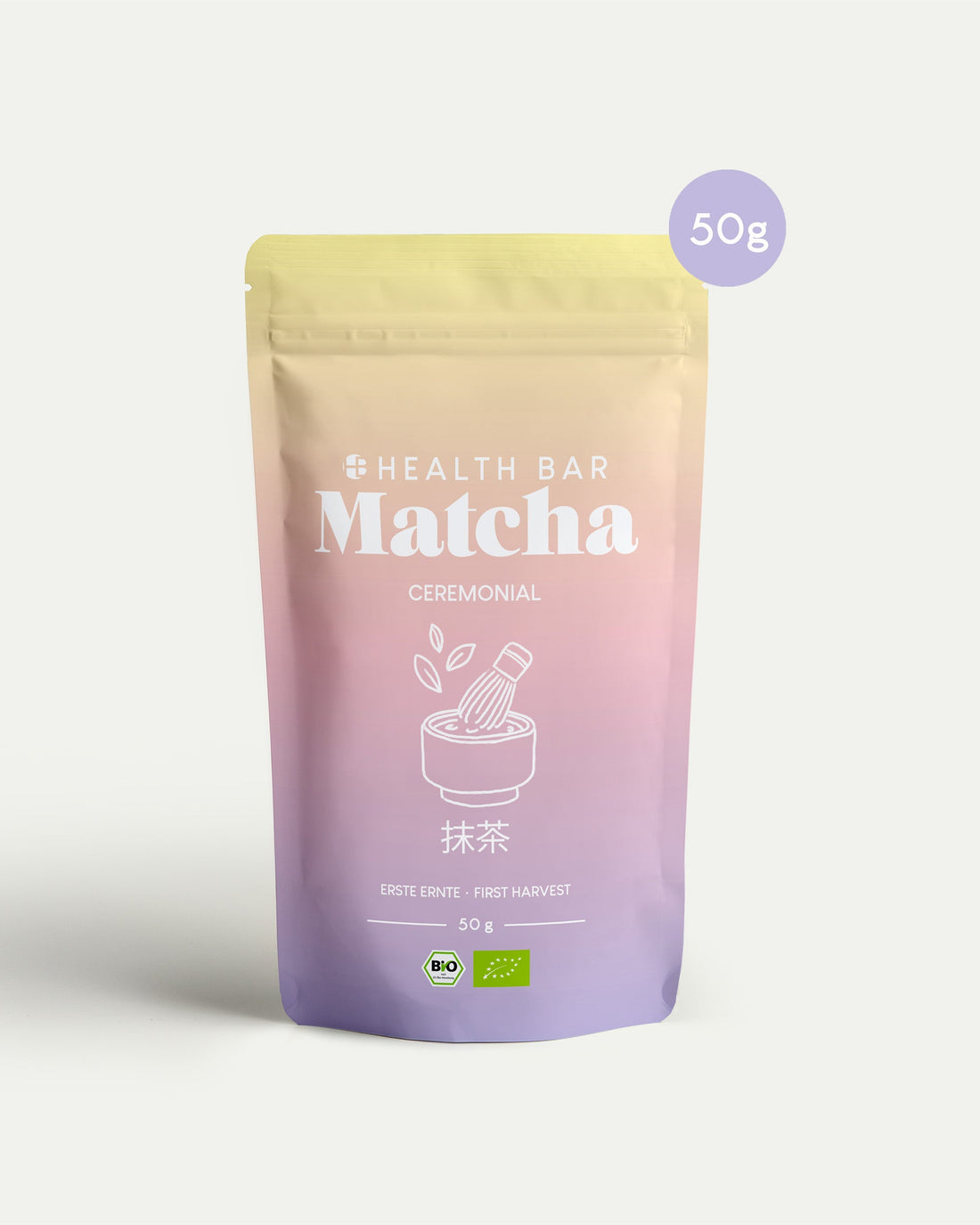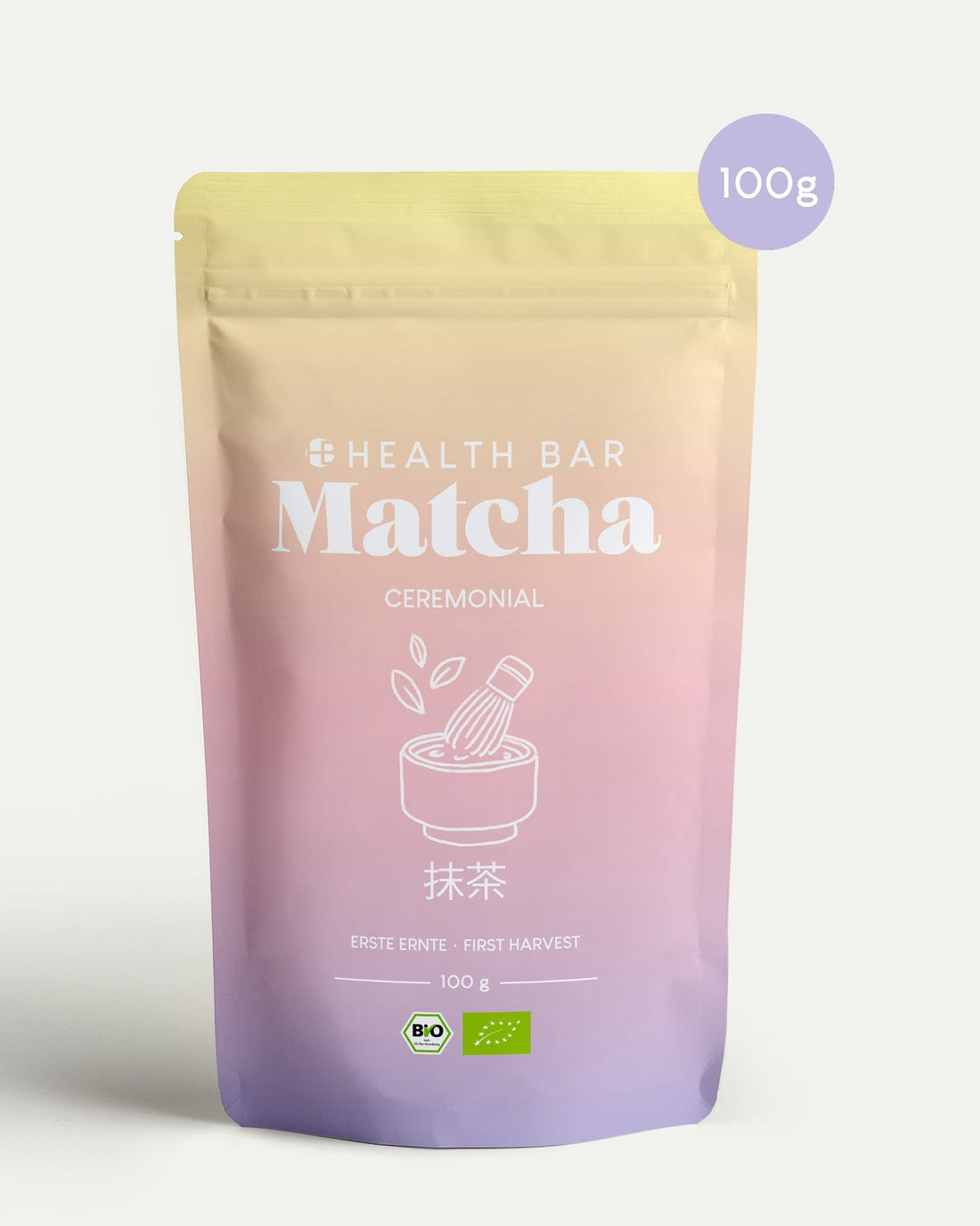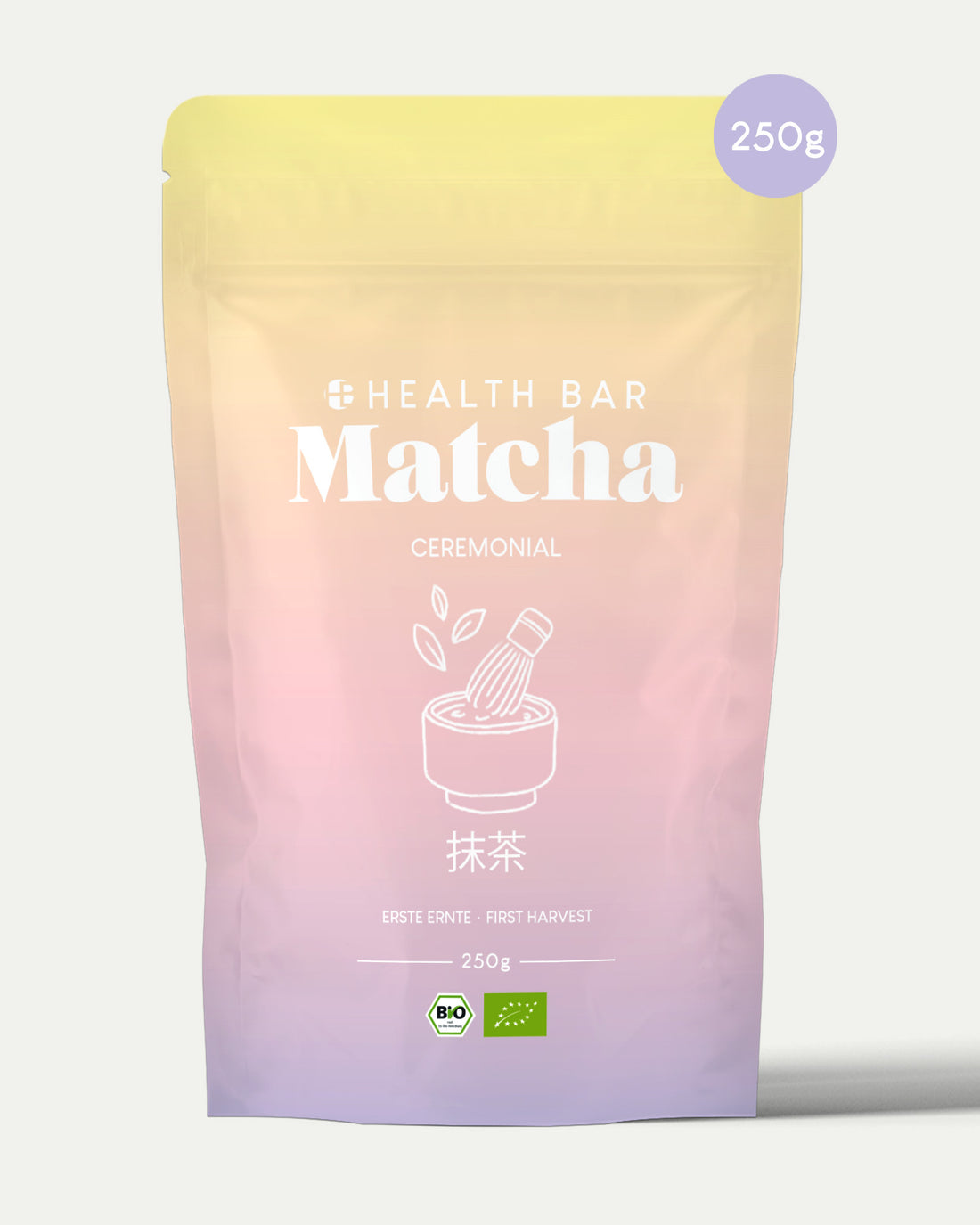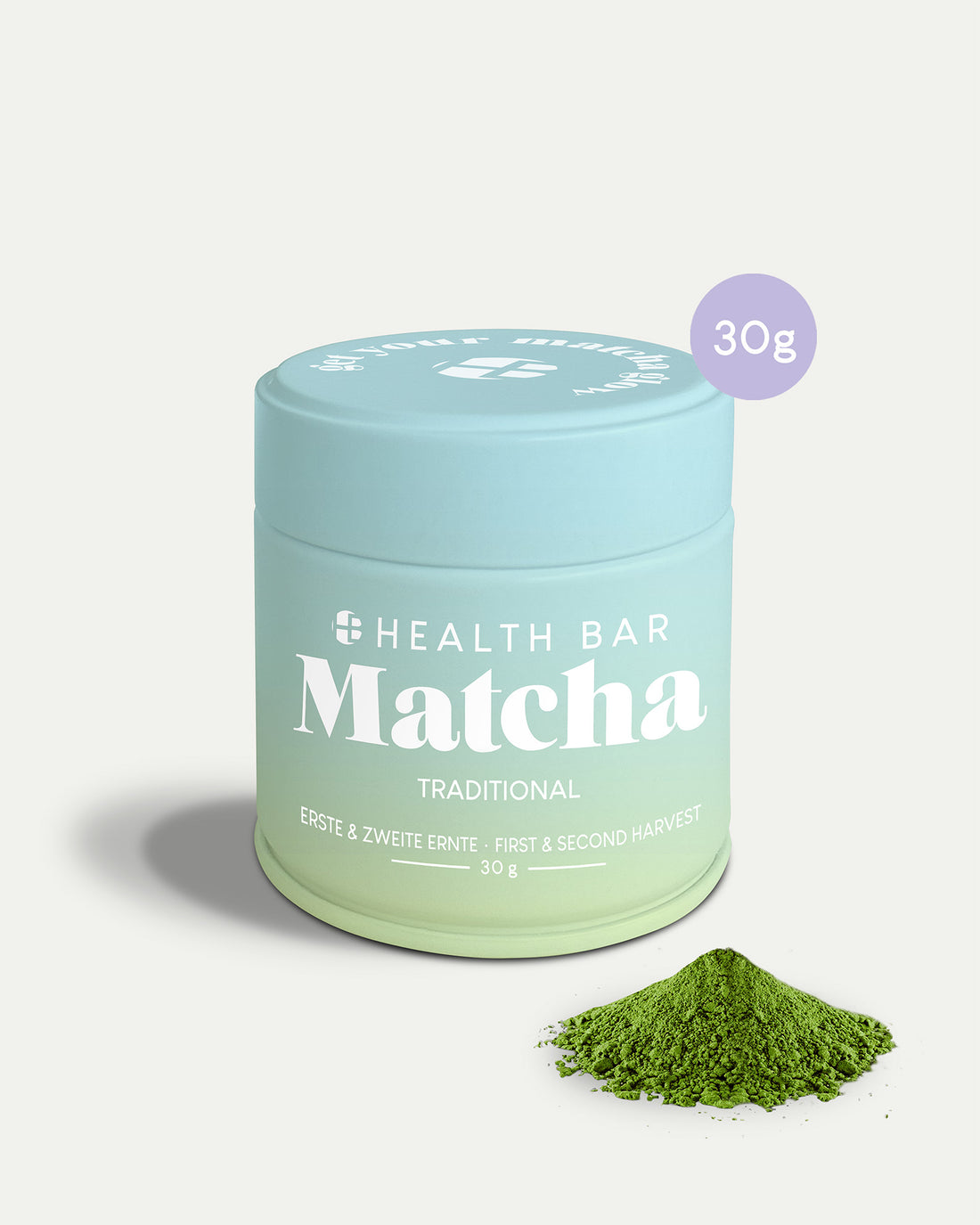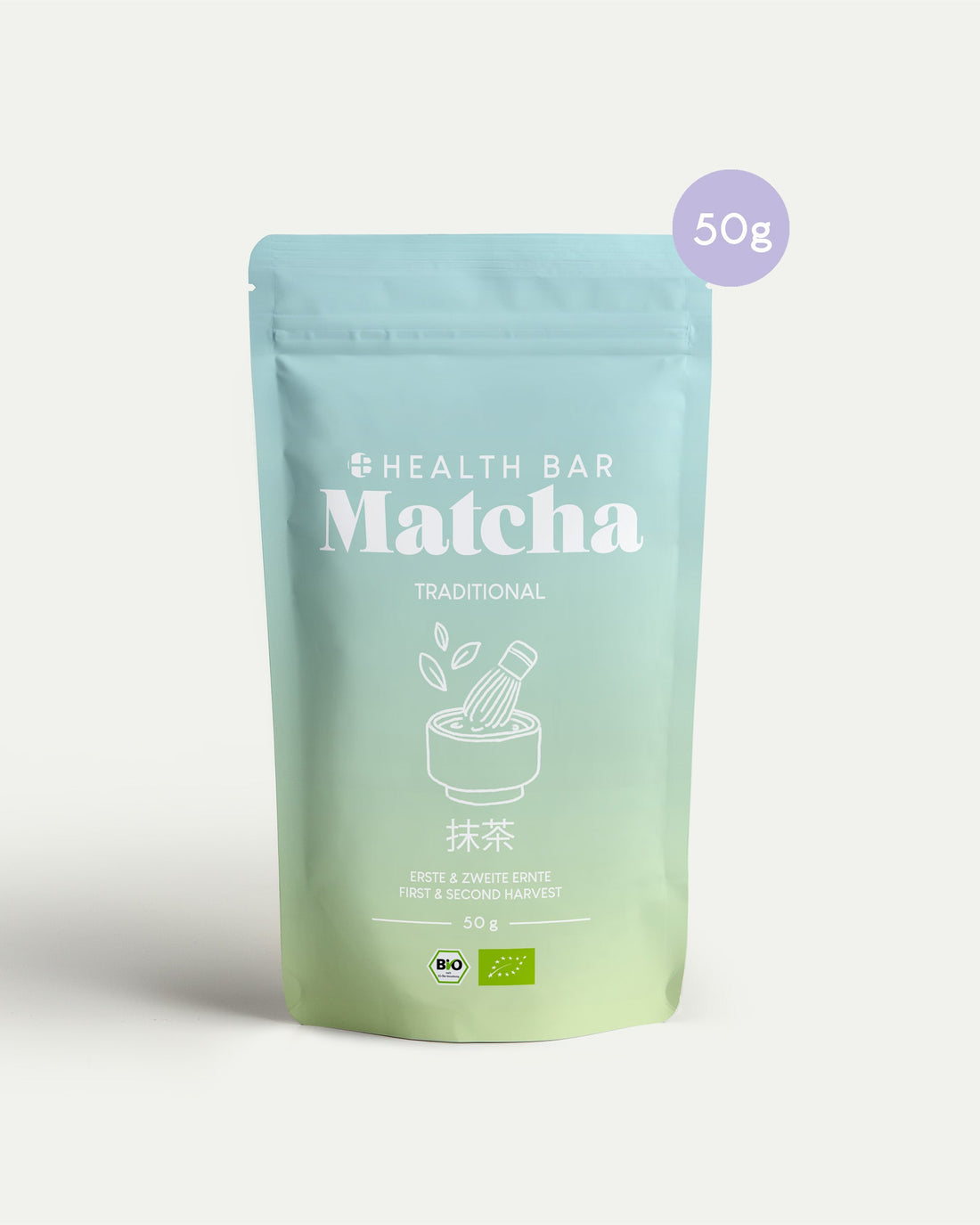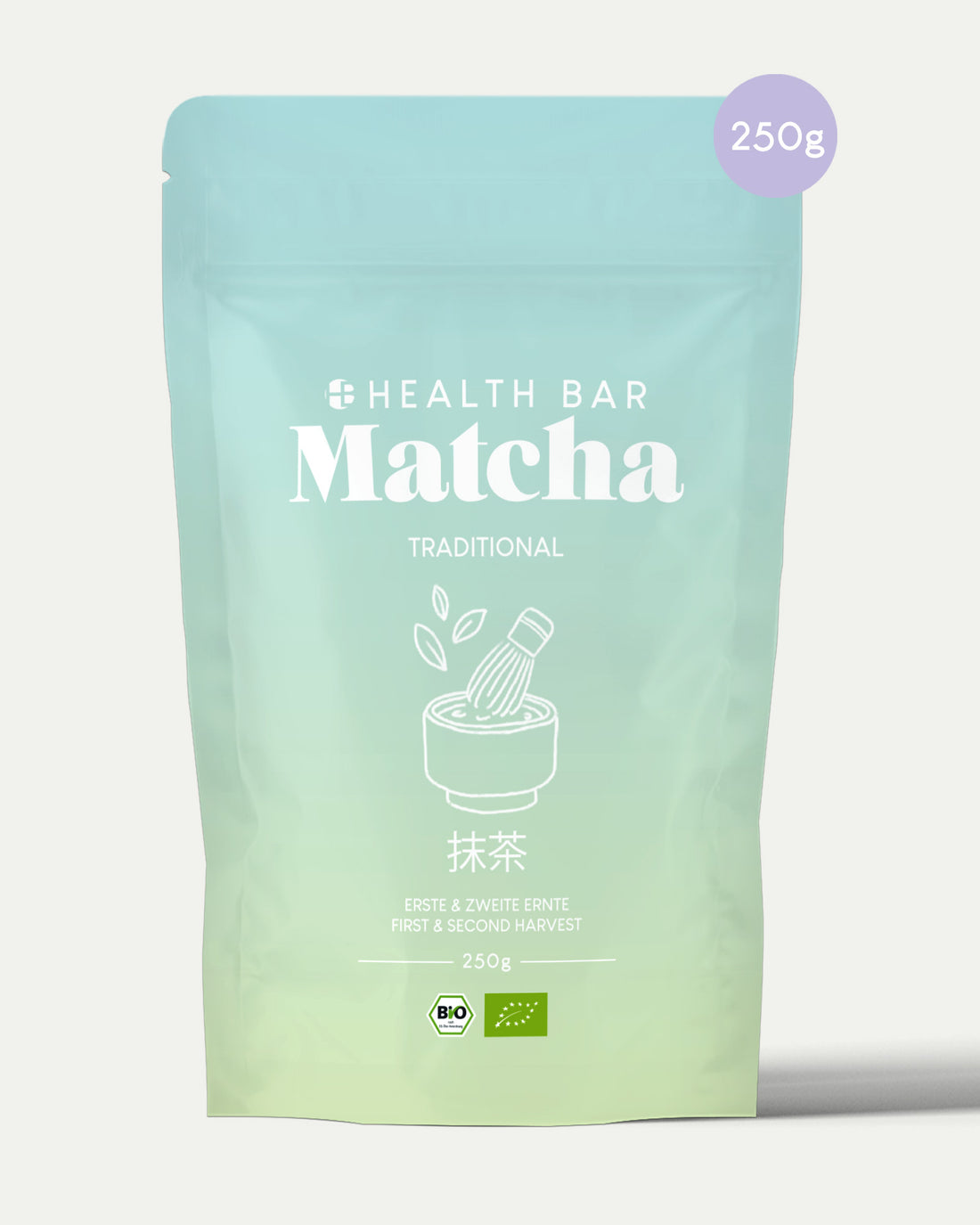26 products
-

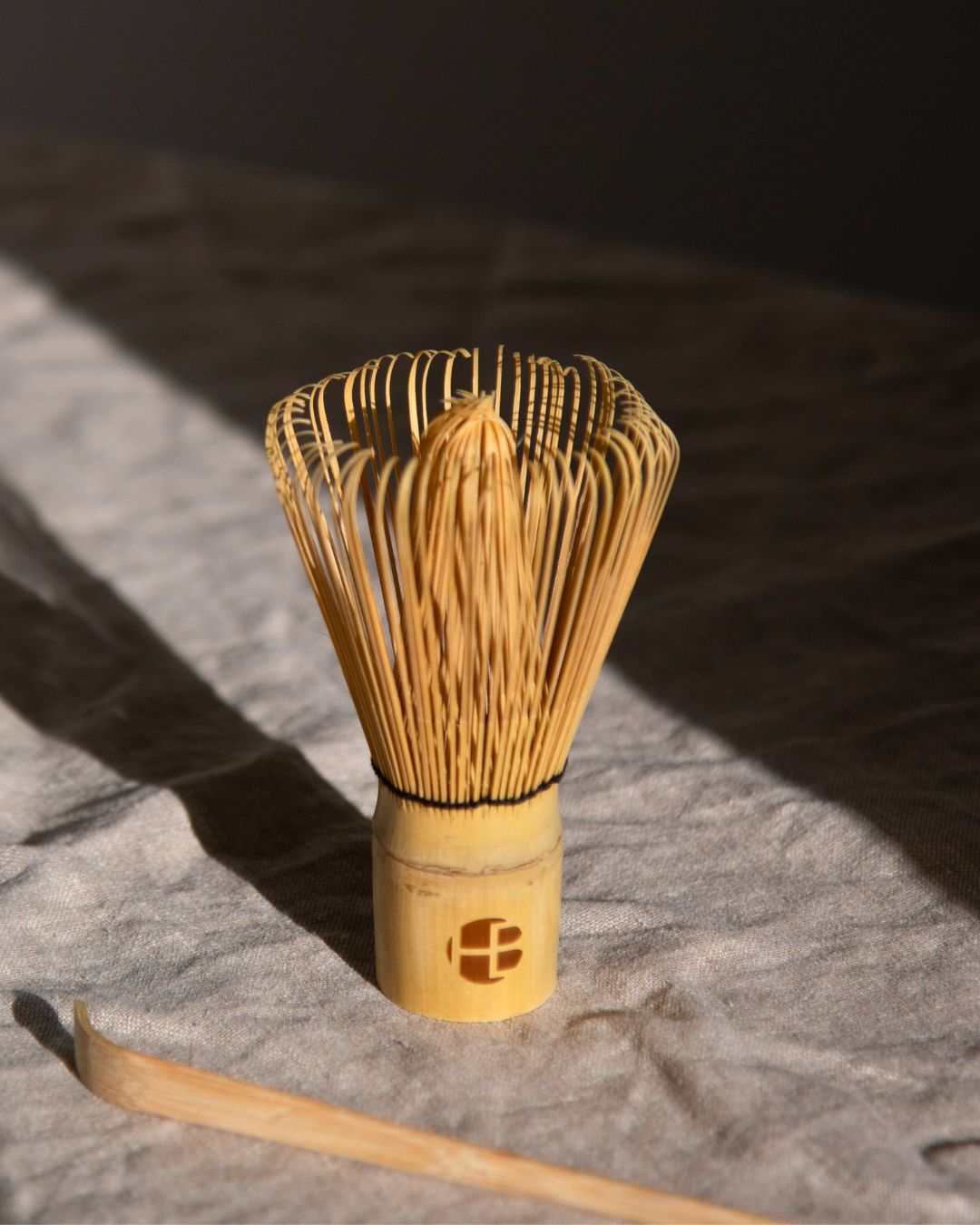 Matcha whisk CHASEN made of golden bambooMatcha whisk CHASEN made of golden bamboo
Matcha whisk CHASEN made of golden bambooMatcha whisk CHASEN made of golden bamboo- Regular price
-
13,45€ - Regular price
-
- Selling price
-
13,45€
-
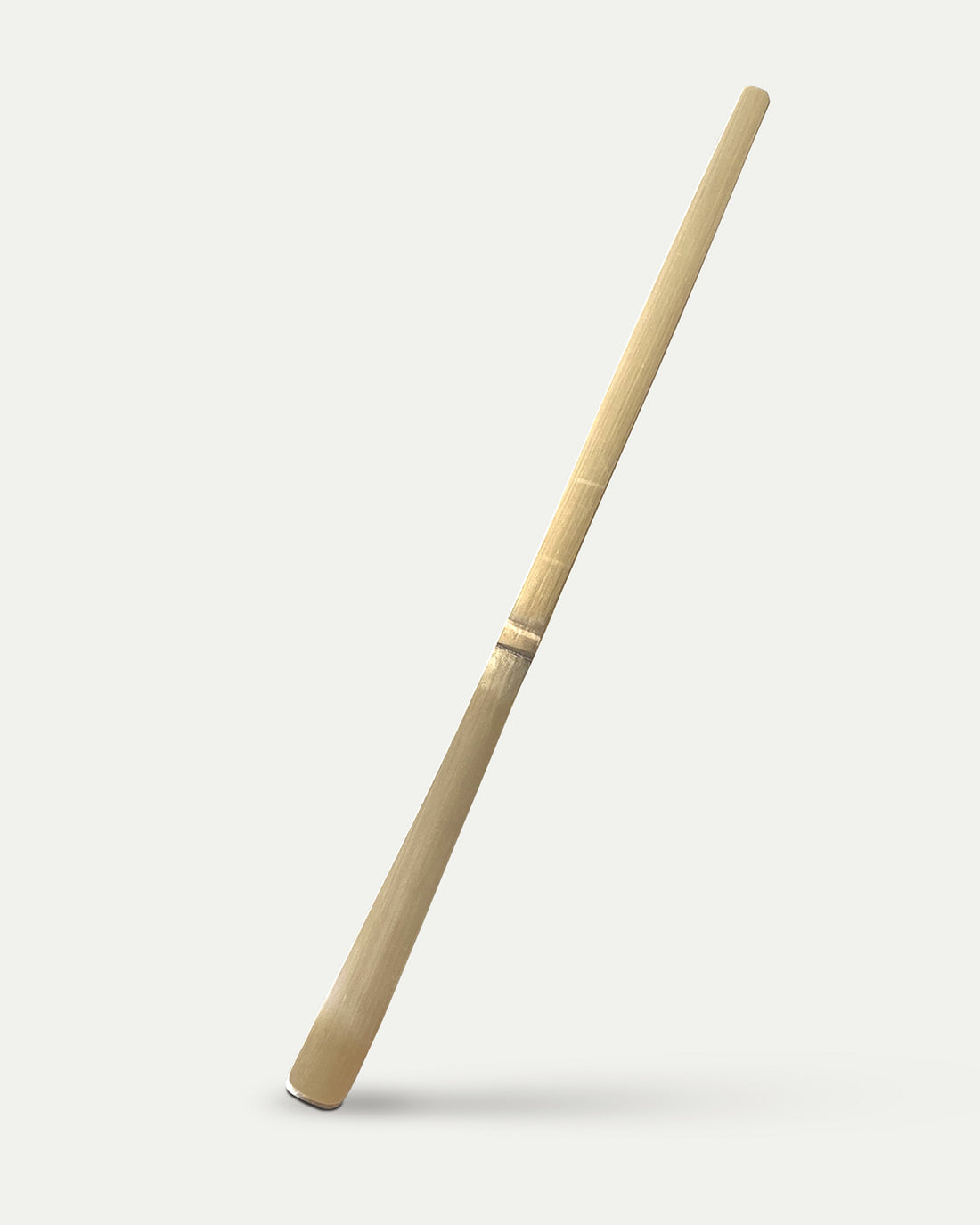
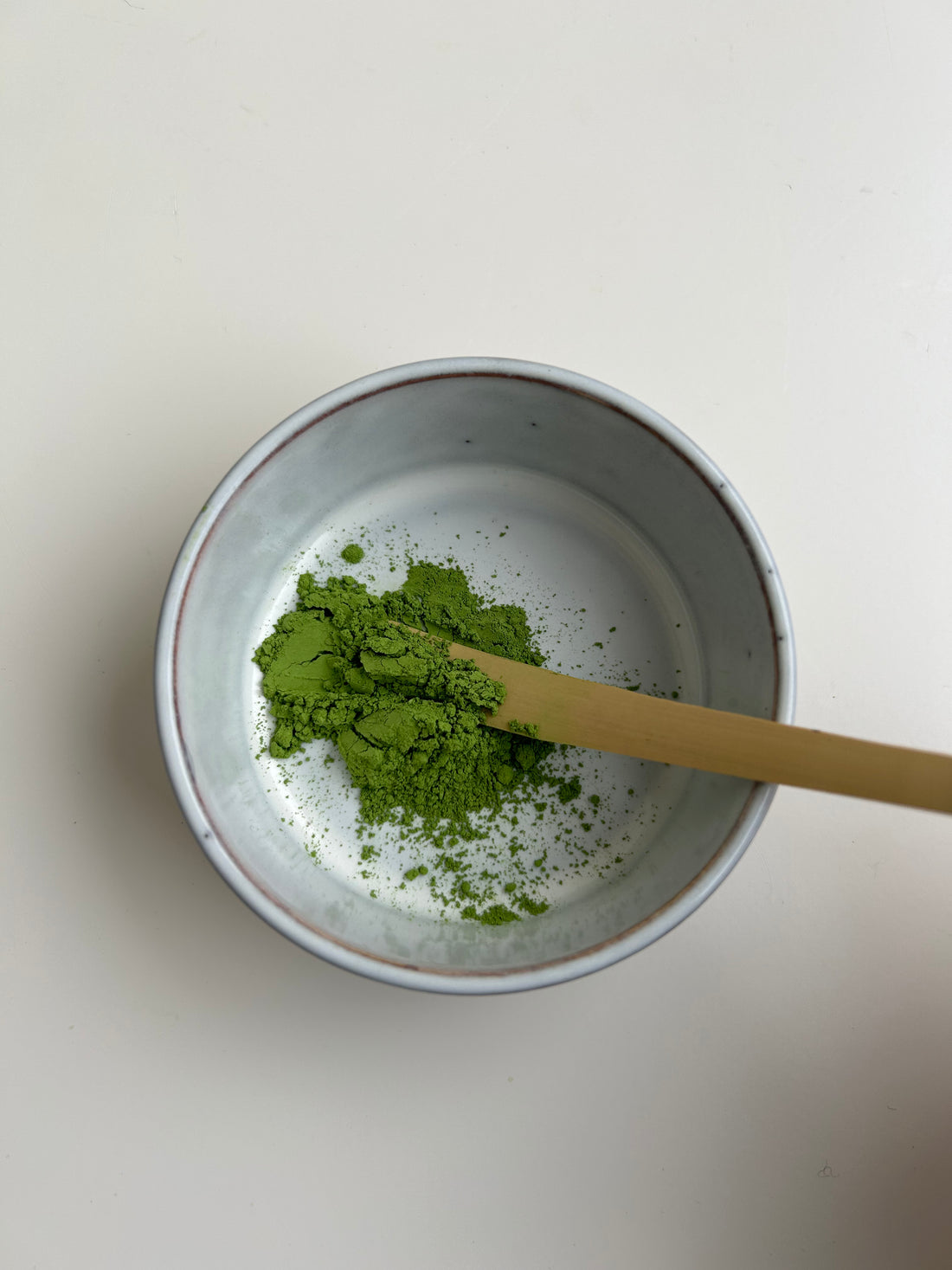 Matcha Spoon ChashakuMatcha Spoon Chashaku
Matcha Spoon ChashakuMatcha Spoon Chashaku- Regular price
-
3,36€ - Regular price
-
- Selling price
-
3,36€
-
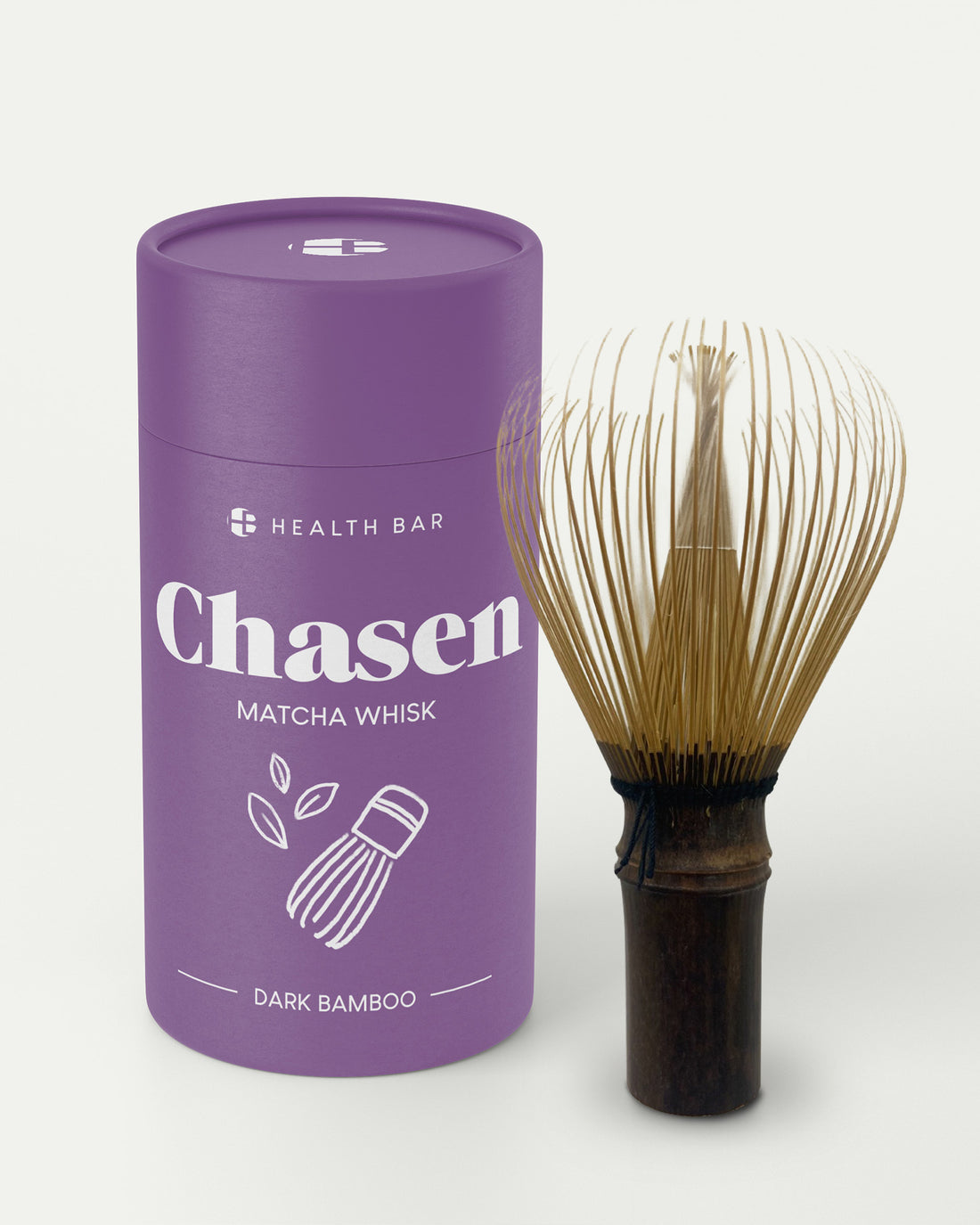
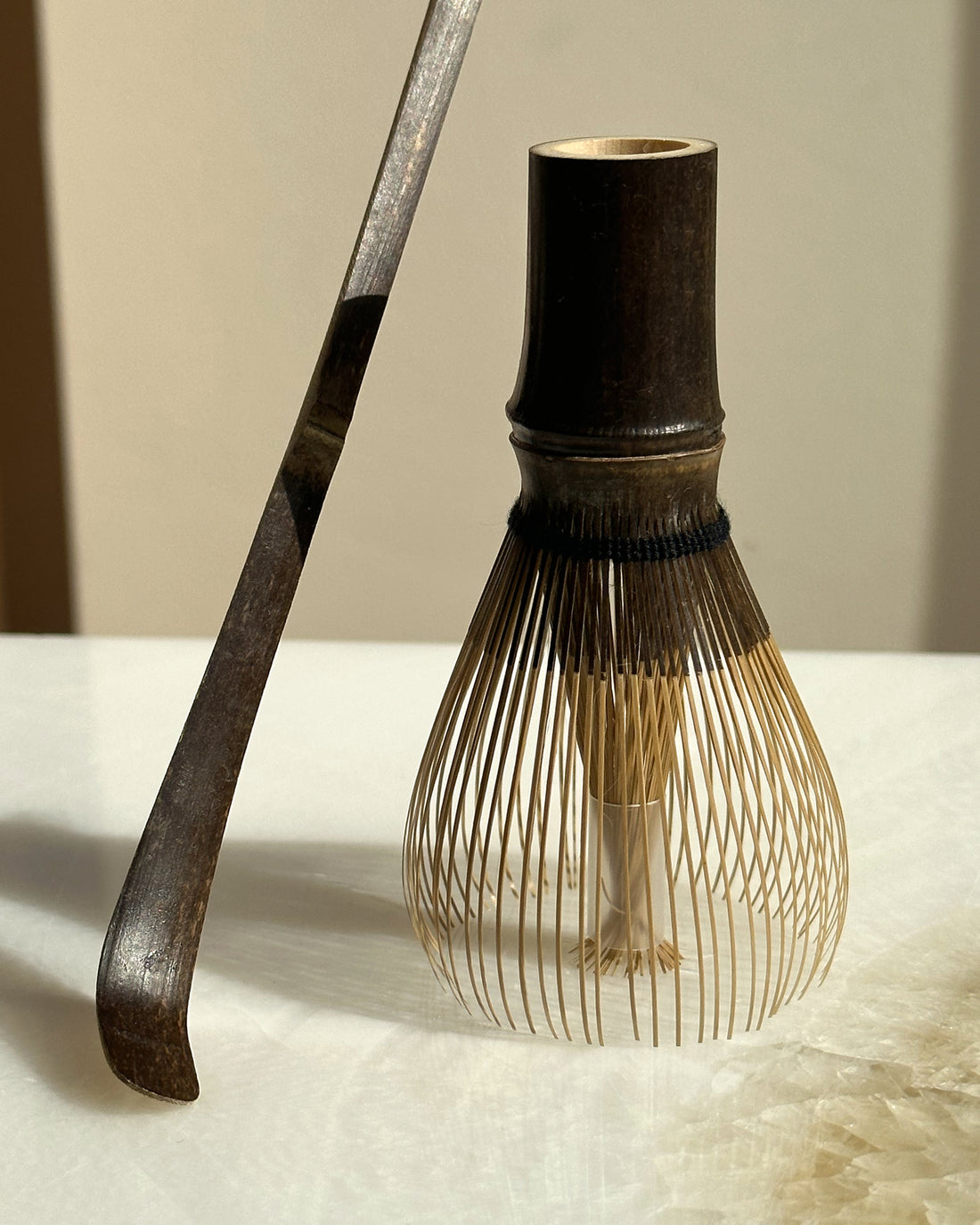 Matcha Whisk Zen Chasen made of BambooMatcha Whisk Zen Chasen made of Bamboo
Matcha Whisk Zen Chasen made of BambooMatcha Whisk Zen Chasen made of Bamboo- Regular price
-
25,21€ - Regular price
-
- Selling price
-
25,21€
-
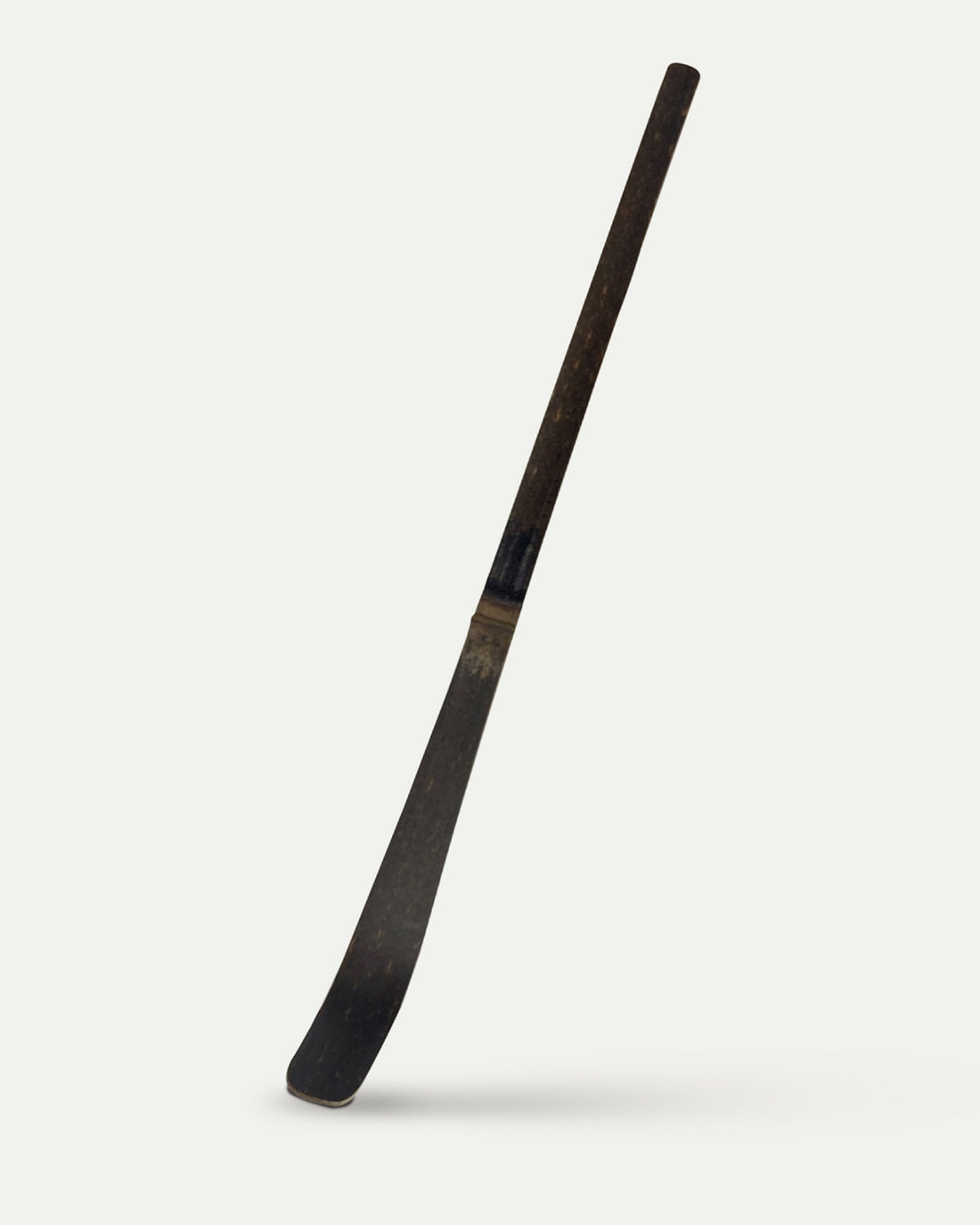
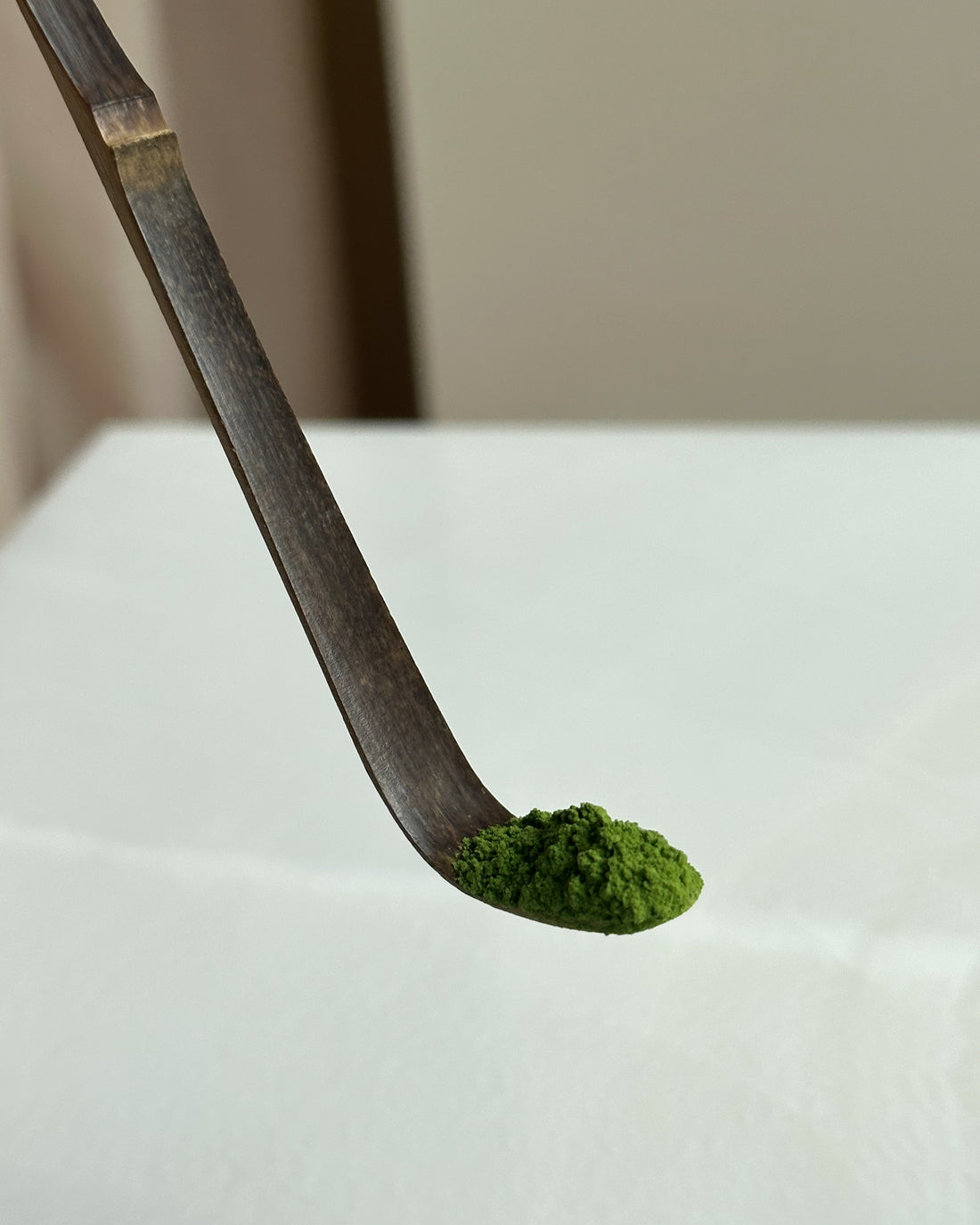 Matcha Spoon Chashaku PurpleMatcha Spoon Chashaku Purple
Matcha Spoon Chashaku PurpleMatcha Spoon Chashaku Purple- Regular price
-
5,04€ - Regular price
-
- Selling price
-
5,04€
-

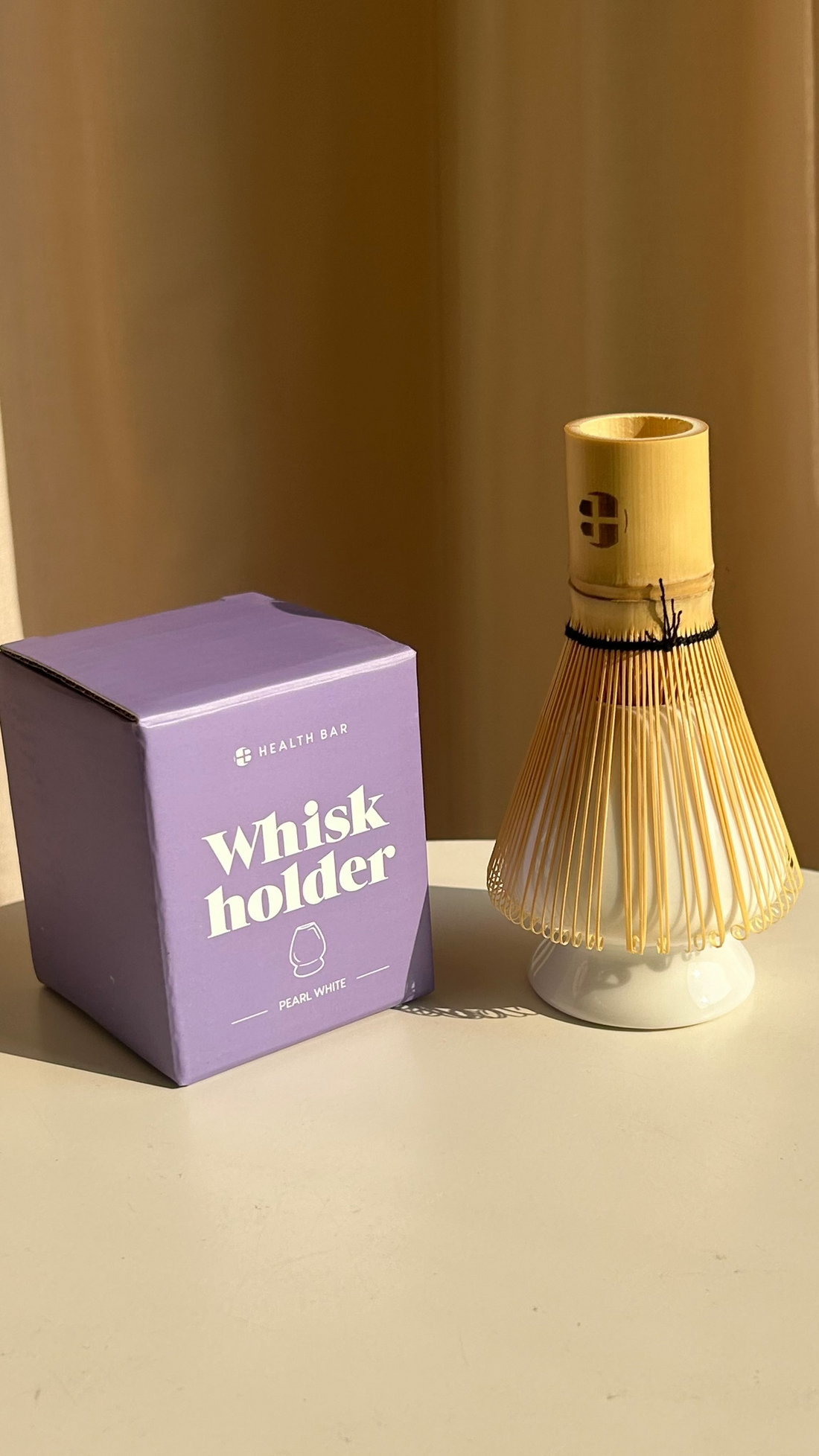 Matcha Whisk - Holder CHASEN YASUMEMatcha Whisk - Holder CHASEN YASUME
Matcha Whisk - Holder CHASEN YASUMEMatcha Whisk - Holder CHASEN YASUME- Regular price
-
6,72€ - Regular price
-
- Selling price
-
6,72€
-
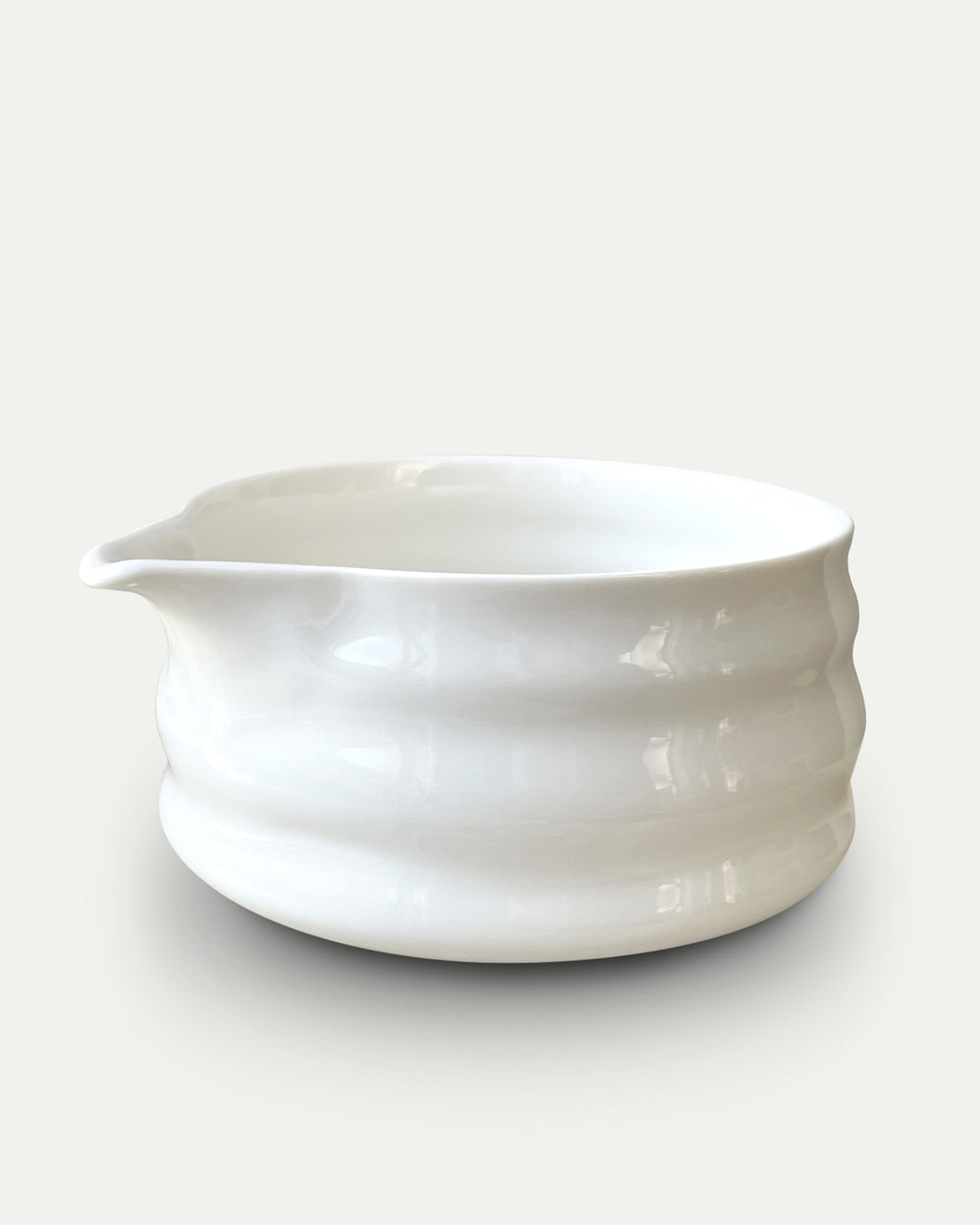
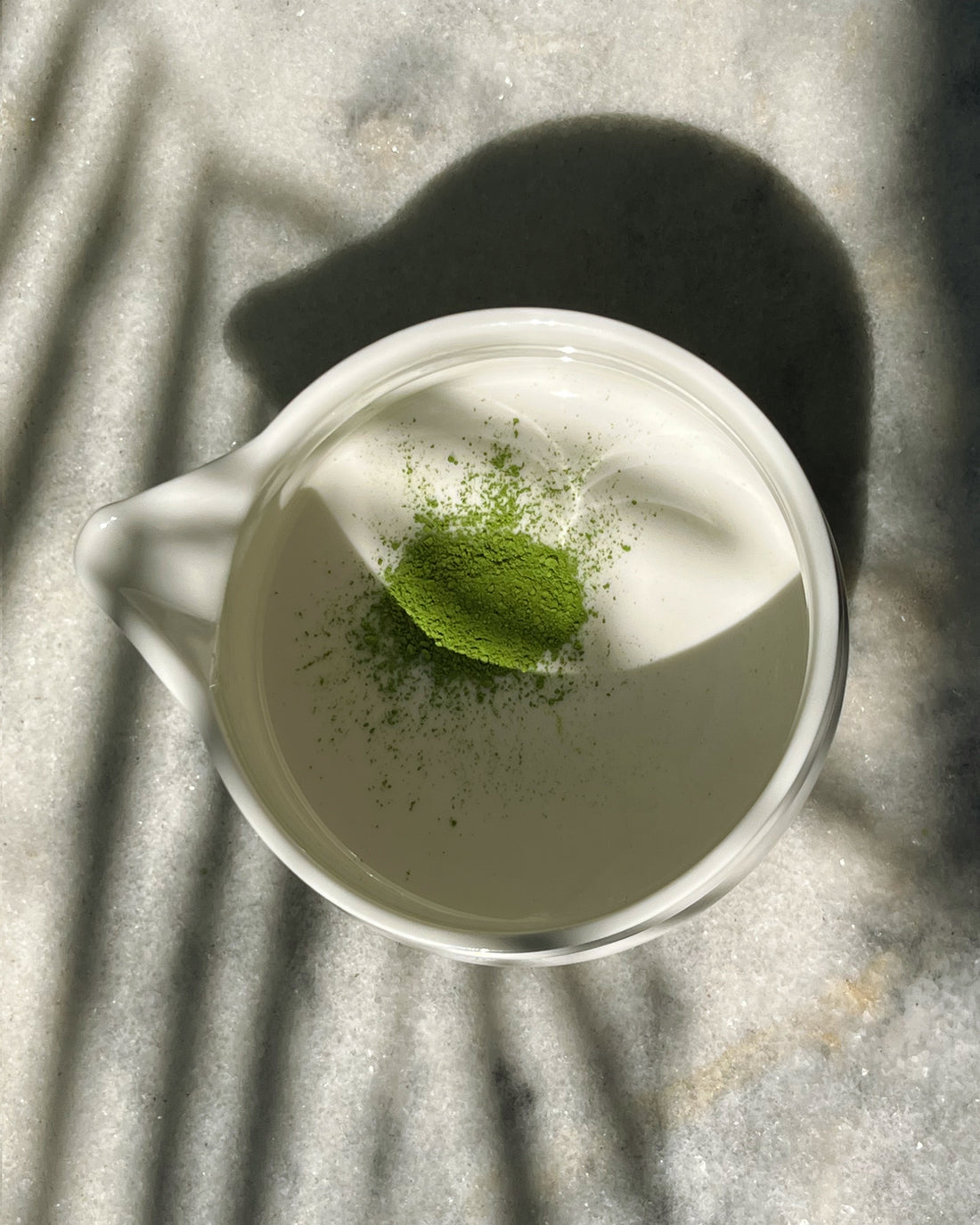 Matcha Mixing Bowl- pearly whiteMatcha Mixing Bowl- pearly white
Matcha Mixing Bowl- pearly whiteMatcha Mixing Bowl- pearly white- Regular price
-
23,95€ - Regular price
-
- Selling price
-
23,95€
-
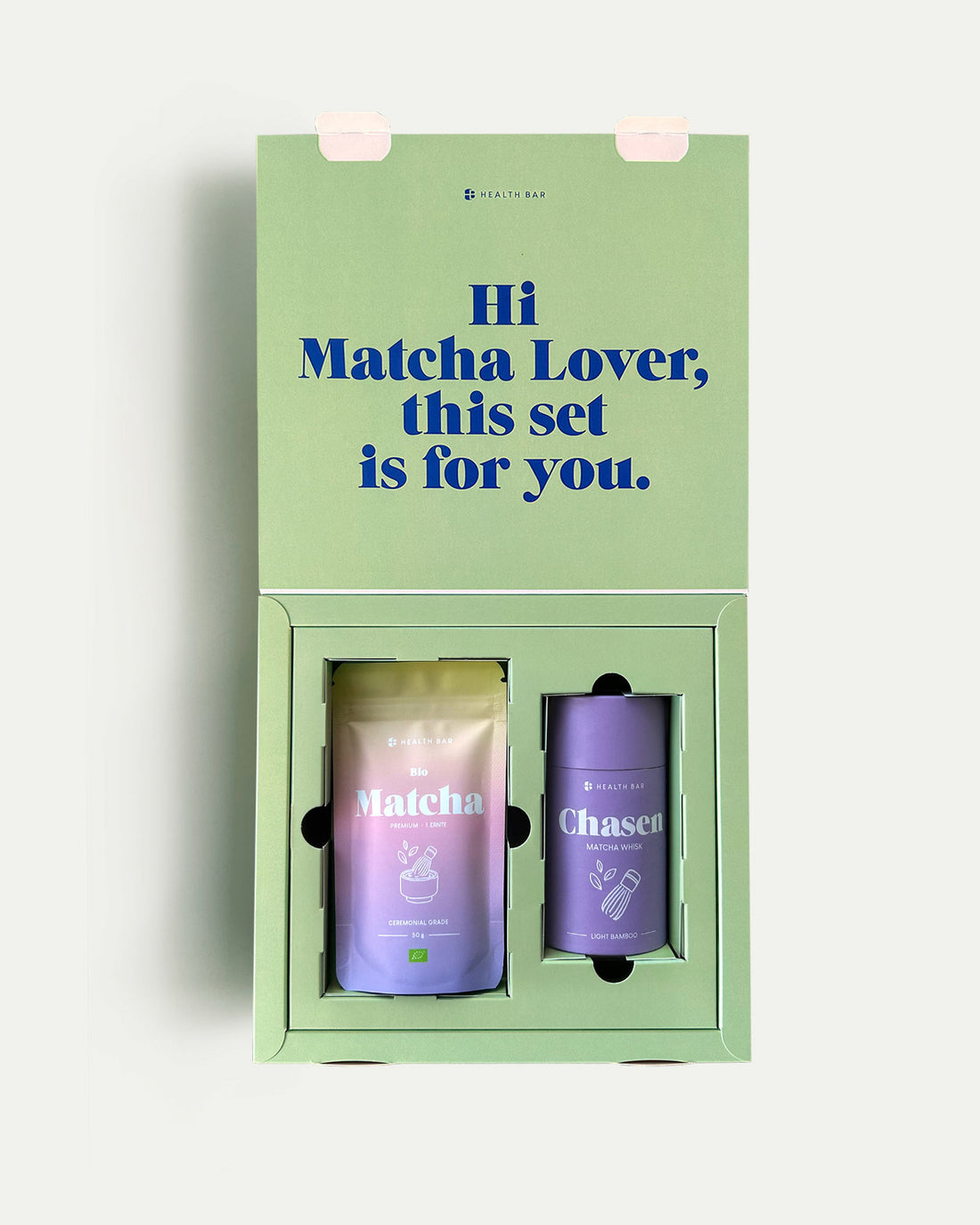
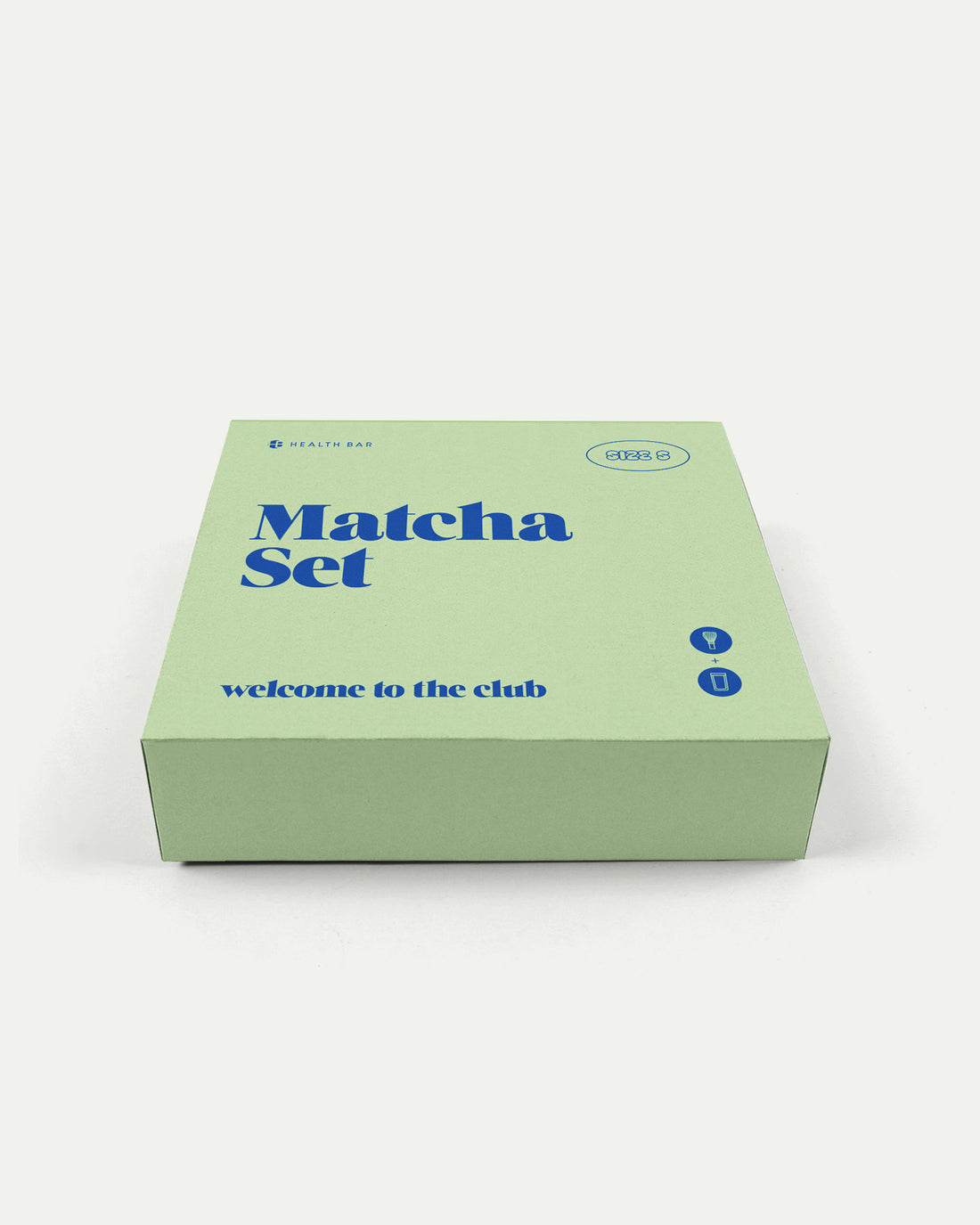 Matcha Set SMatcha Set S
Matcha Set SMatcha Set S- Regular price
-
45,38€ - Regular price
-
- Selling price
-
45,38€
-

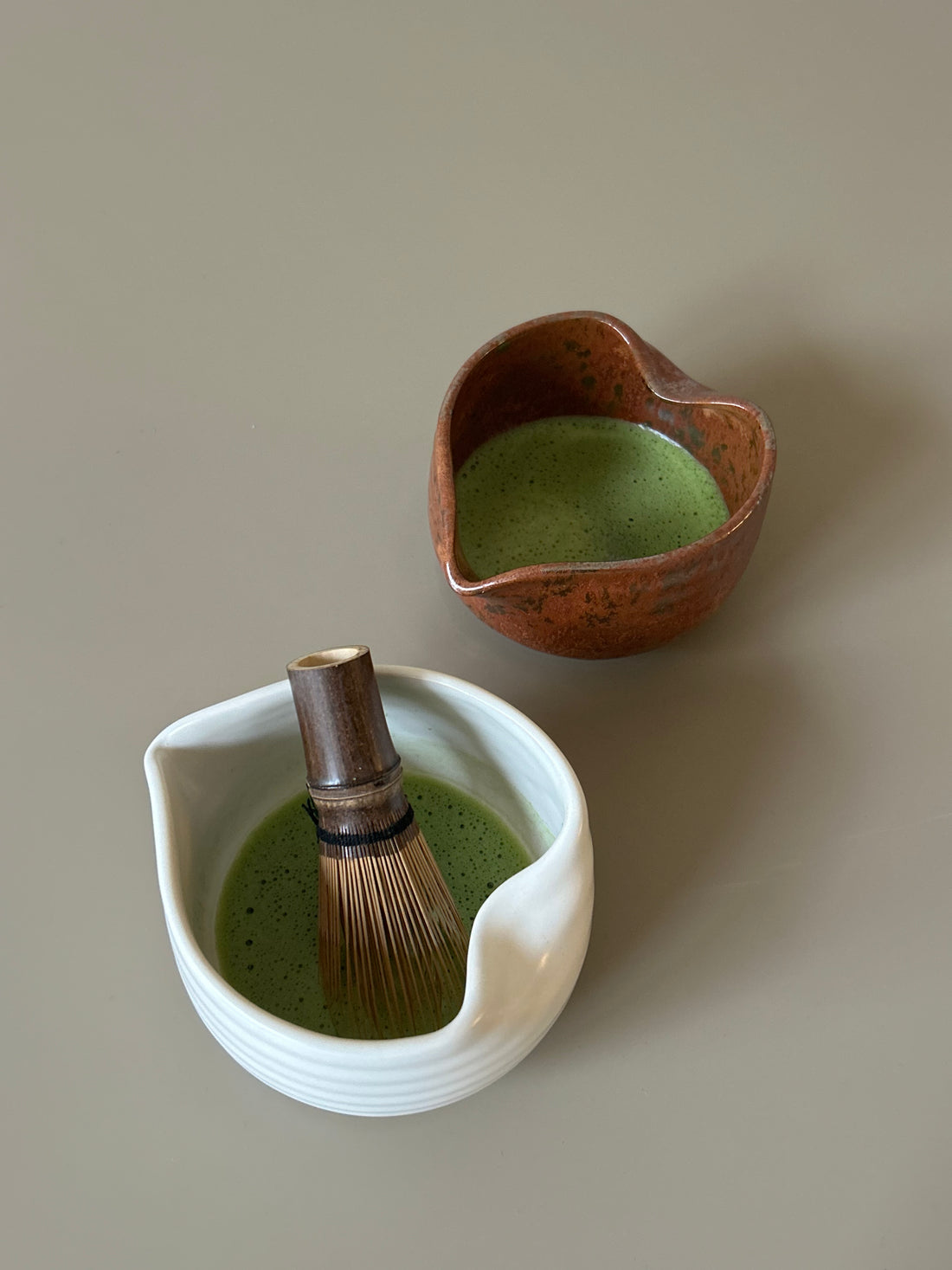 Hearty Mixing Bowl silvery brownHearty Mixing Bowl silvery brown
Hearty Mixing Bowl silvery brownHearty Mixing Bowl silvery brown- Regular price
-
28,57€ - Regular price
-
- Selling price
-
28,57€
-

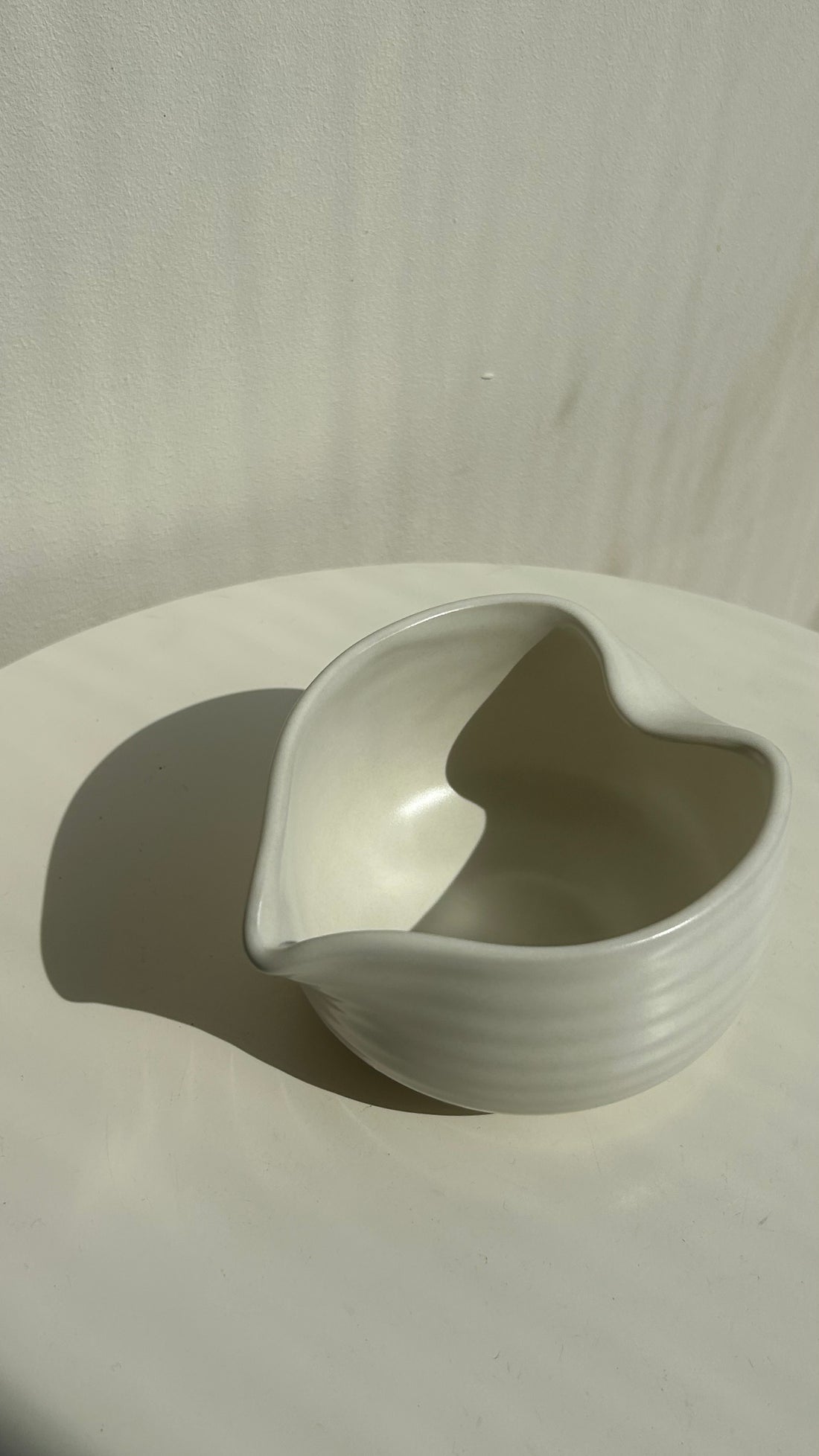 Hearty Mixing Bowl cream whiteHearty Mixing Bowl cream white
Hearty Mixing Bowl cream whiteHearty Mixing Bowl cream white- Regular price
-
26,89€ - Regular price
-
- Selling price
-
26,89€
-
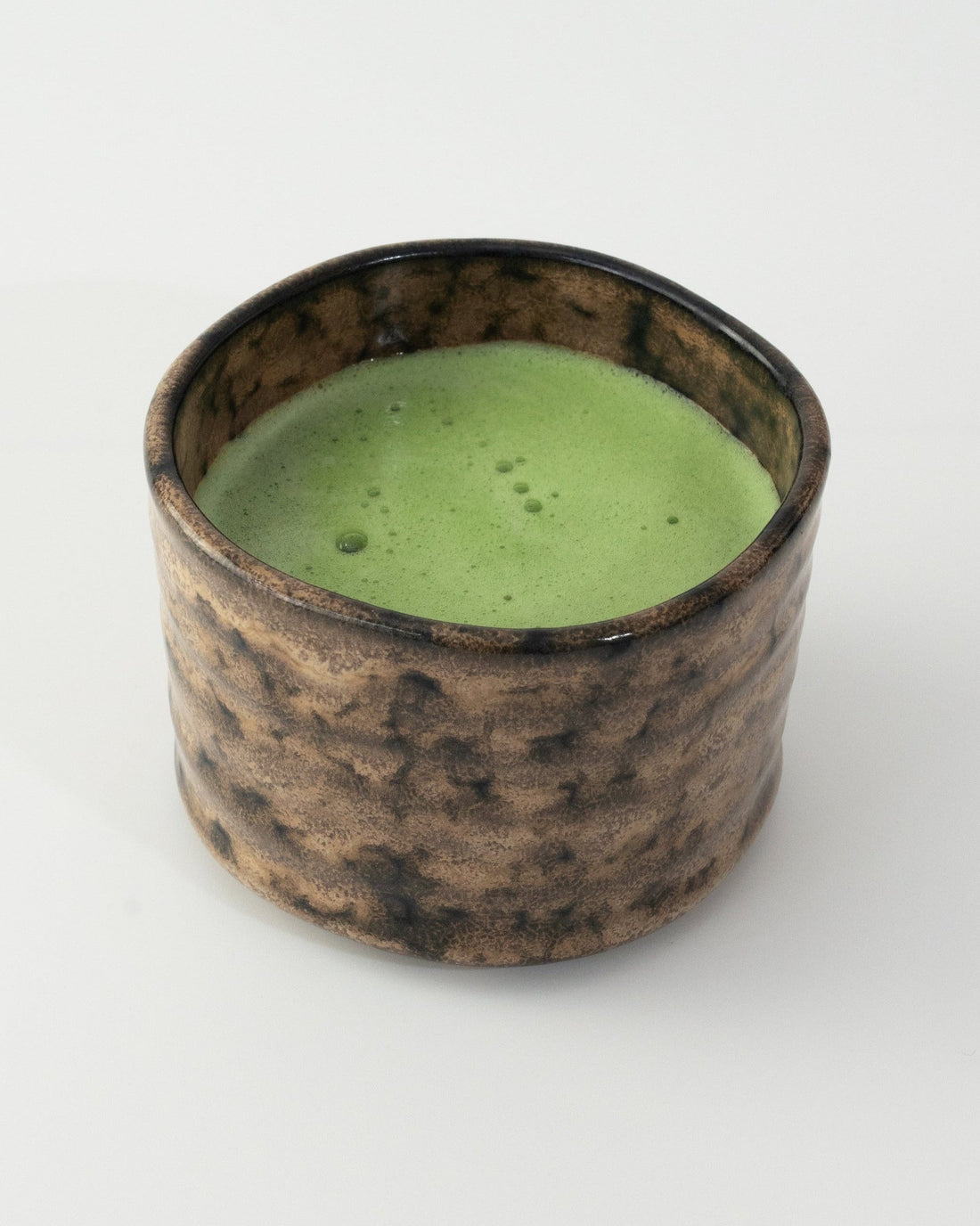
 Kumo Chawan Cocoa HazeKumo Chawan Cocoa Haze
Kumo Chawan Cocoa HazeKumo Chawan Cocoa Haze- Regular price
-
26,89€ - Regular price
-
- Selling price
-
26,89€

-
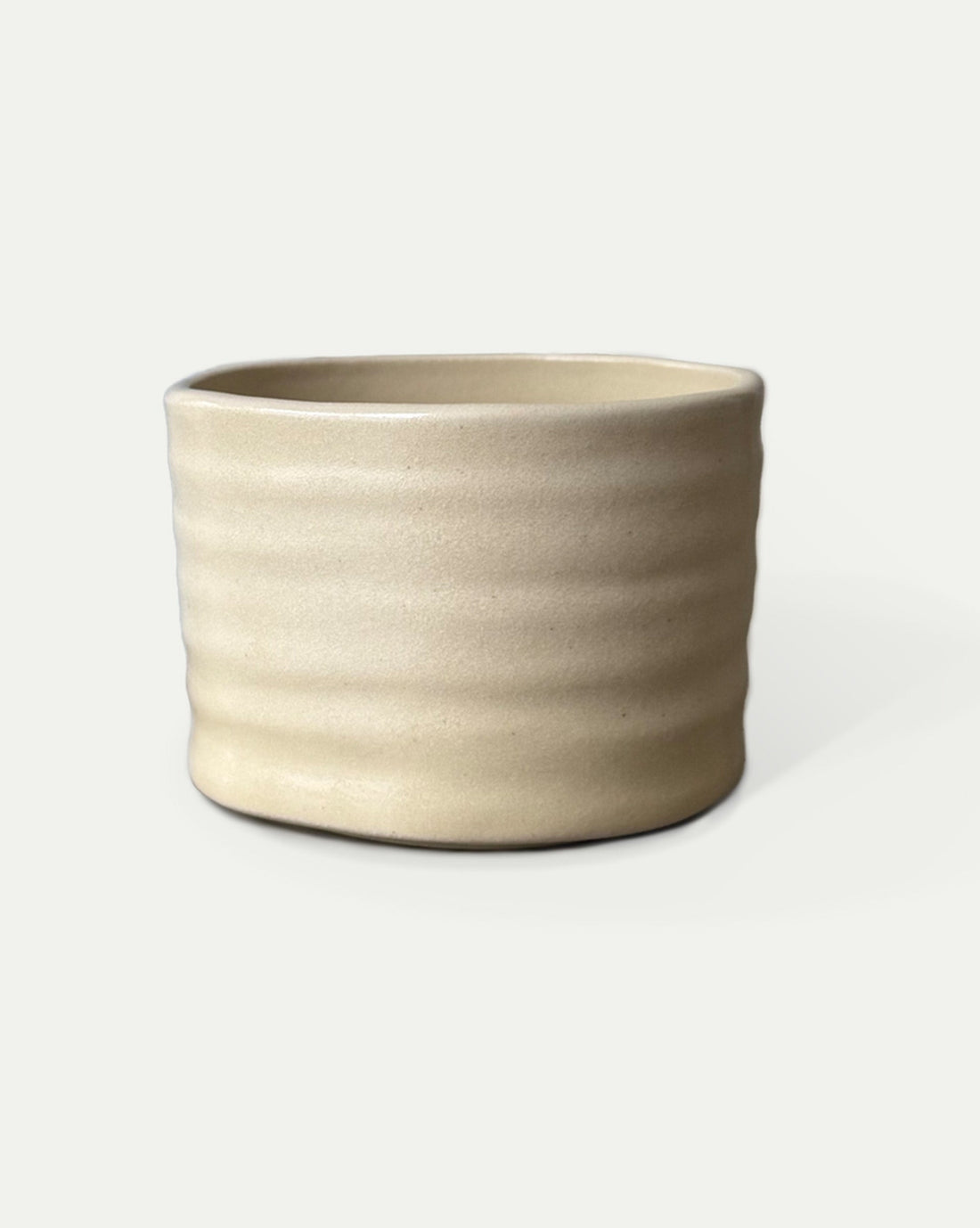
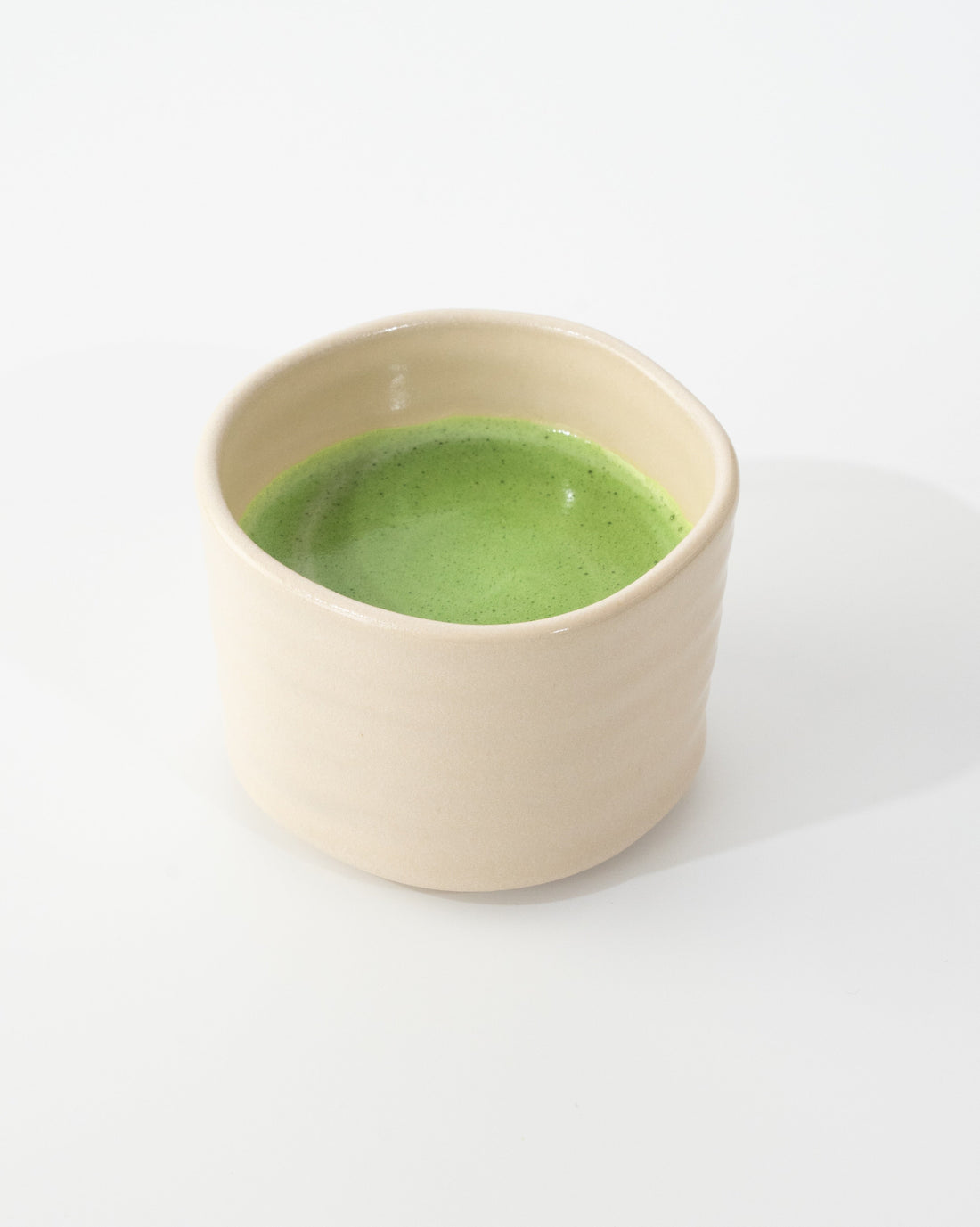 Kumo Chawan Vanilla SwirlKumo Chawan Vanilla Swirl
Kumo Chawan Vanilla SwirlKumo Chawan Vanilla Swirl- Regular price
-
25,21€ - Regular price
-
- Selling price
-
25,21€

-
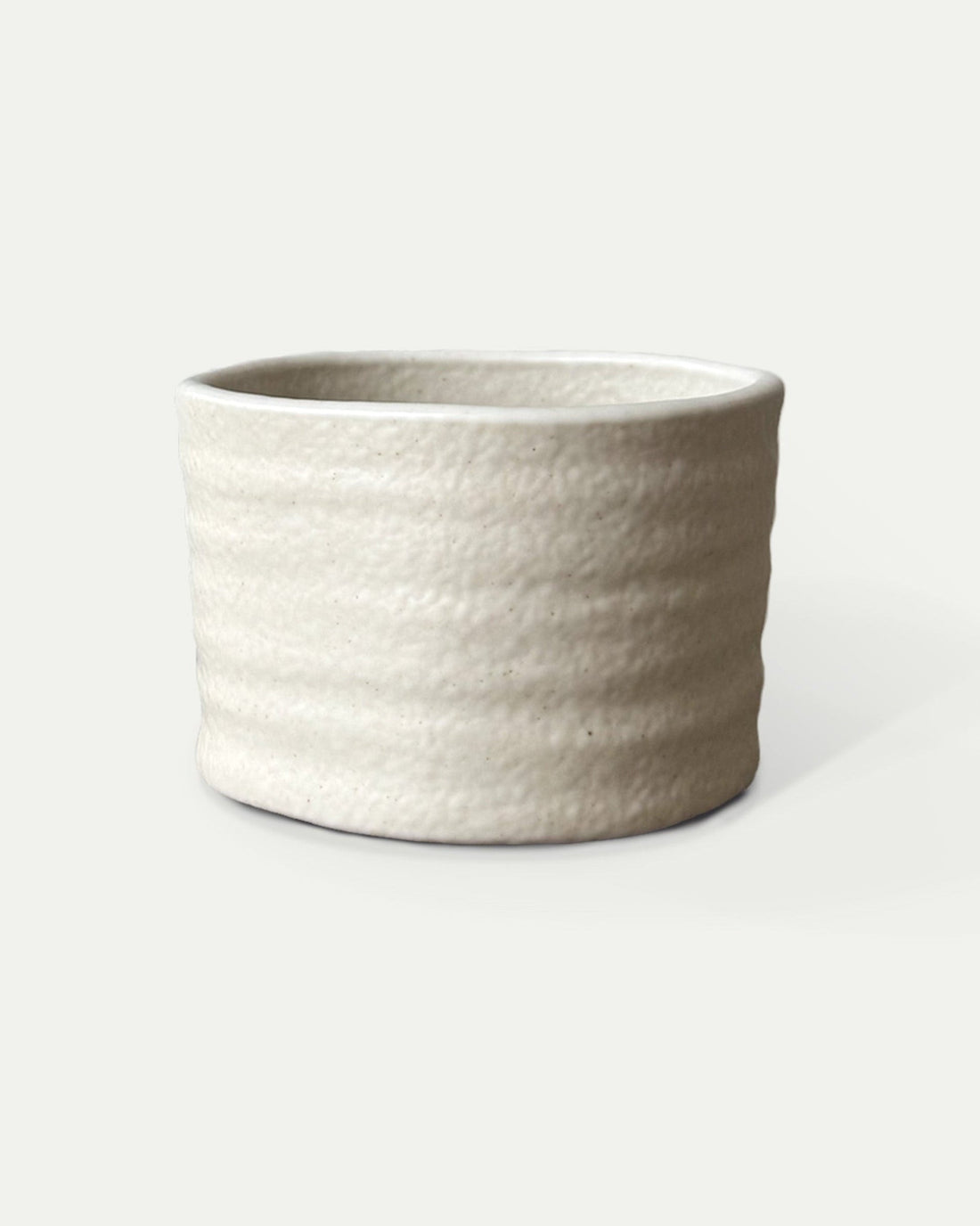
 Kumo Chawan Creamy CrustKumo Chawan Creamy Crust
Kumo Chawan Creamy CrustKumo Chawan Creamy Crust- Regular price
-
26,05€ - Regular price
-
- Selling price
-
26,05€

-
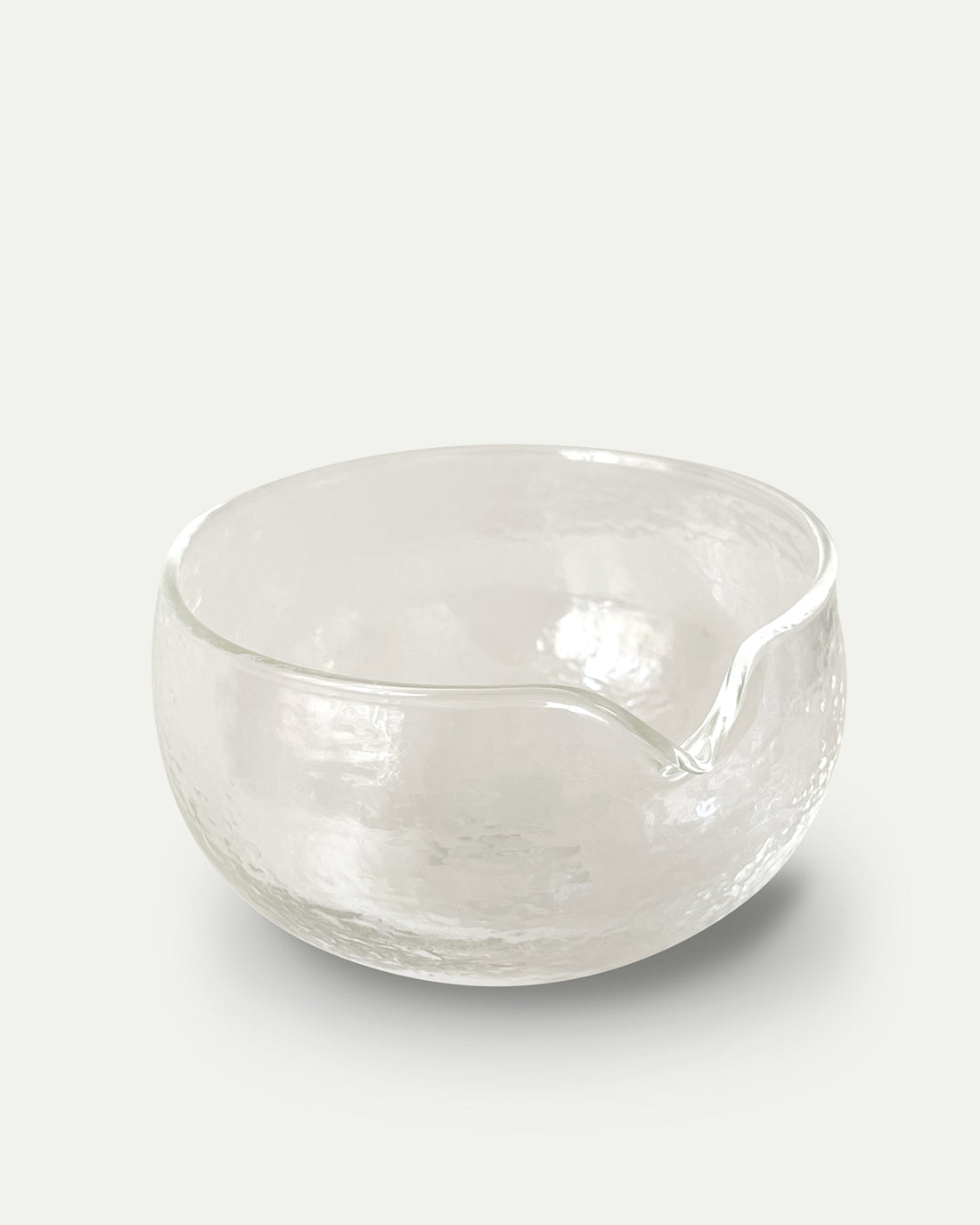
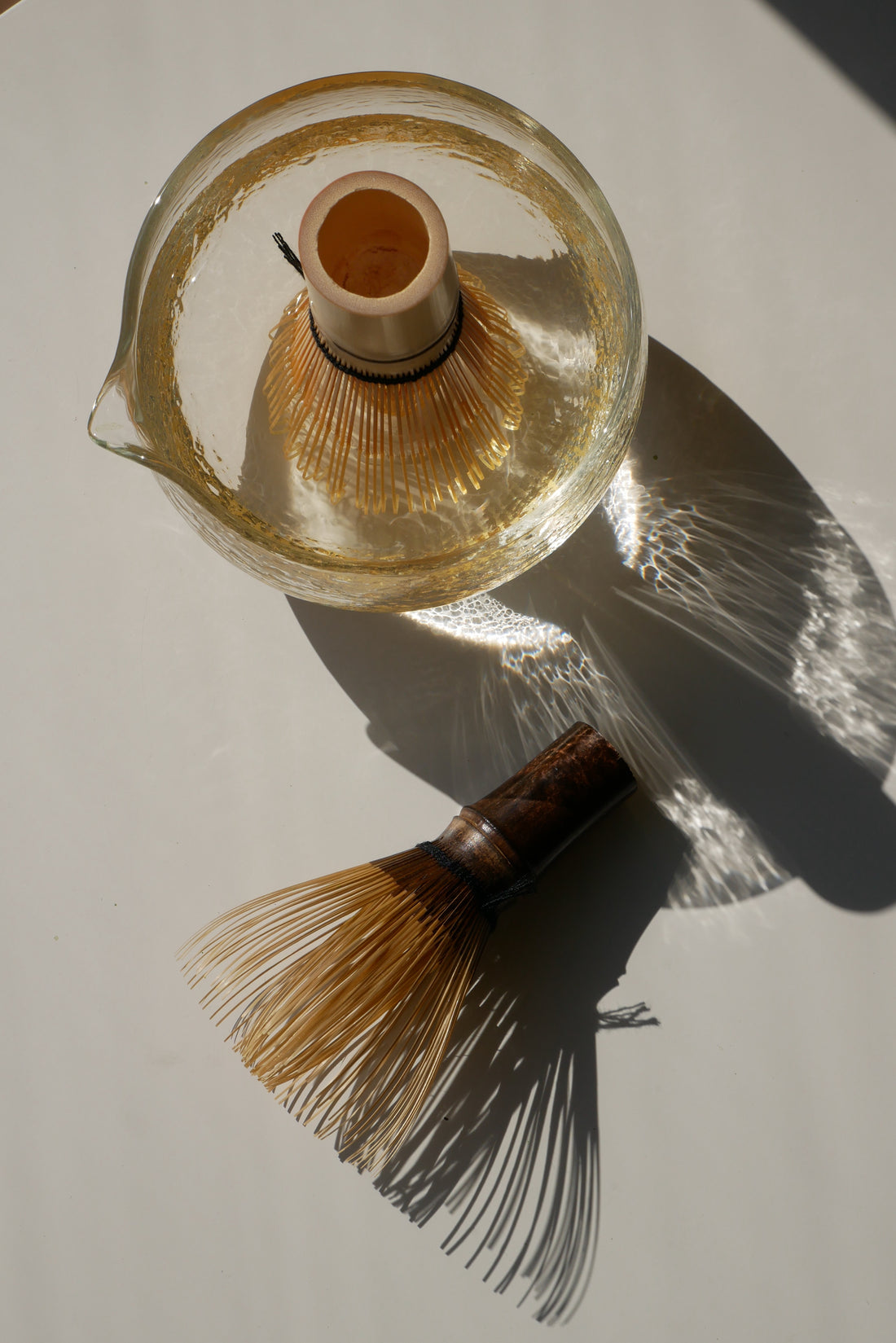 Matcha Mixing Bowl made of glassMatcha Mixing Bowl made of glass
Matcha Mixing Bowl made of glassMatcha Mixing Bowl made of glass- Regular price
-
21,01€ - Regular price
-
- Selling price
-
21,01€
-
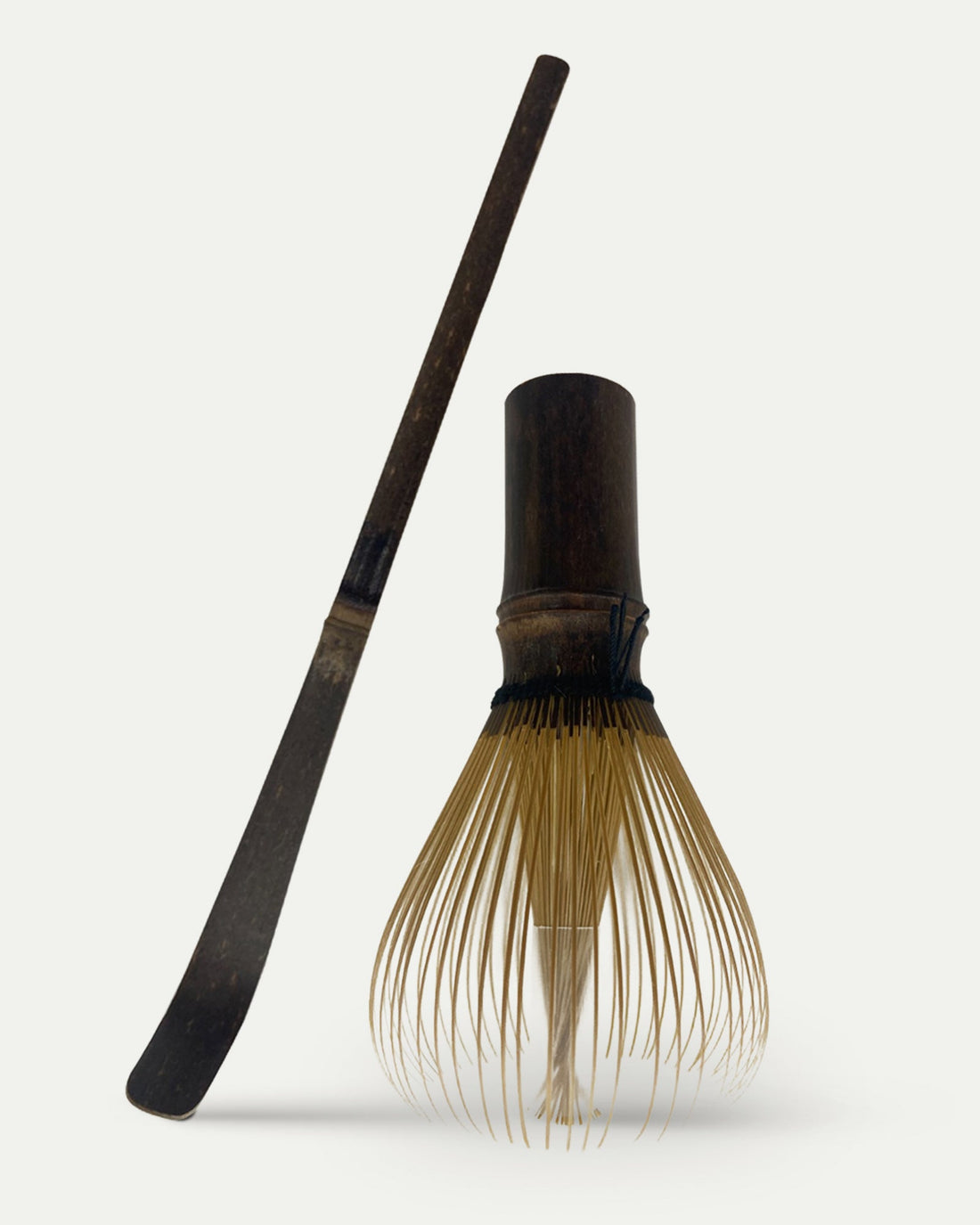
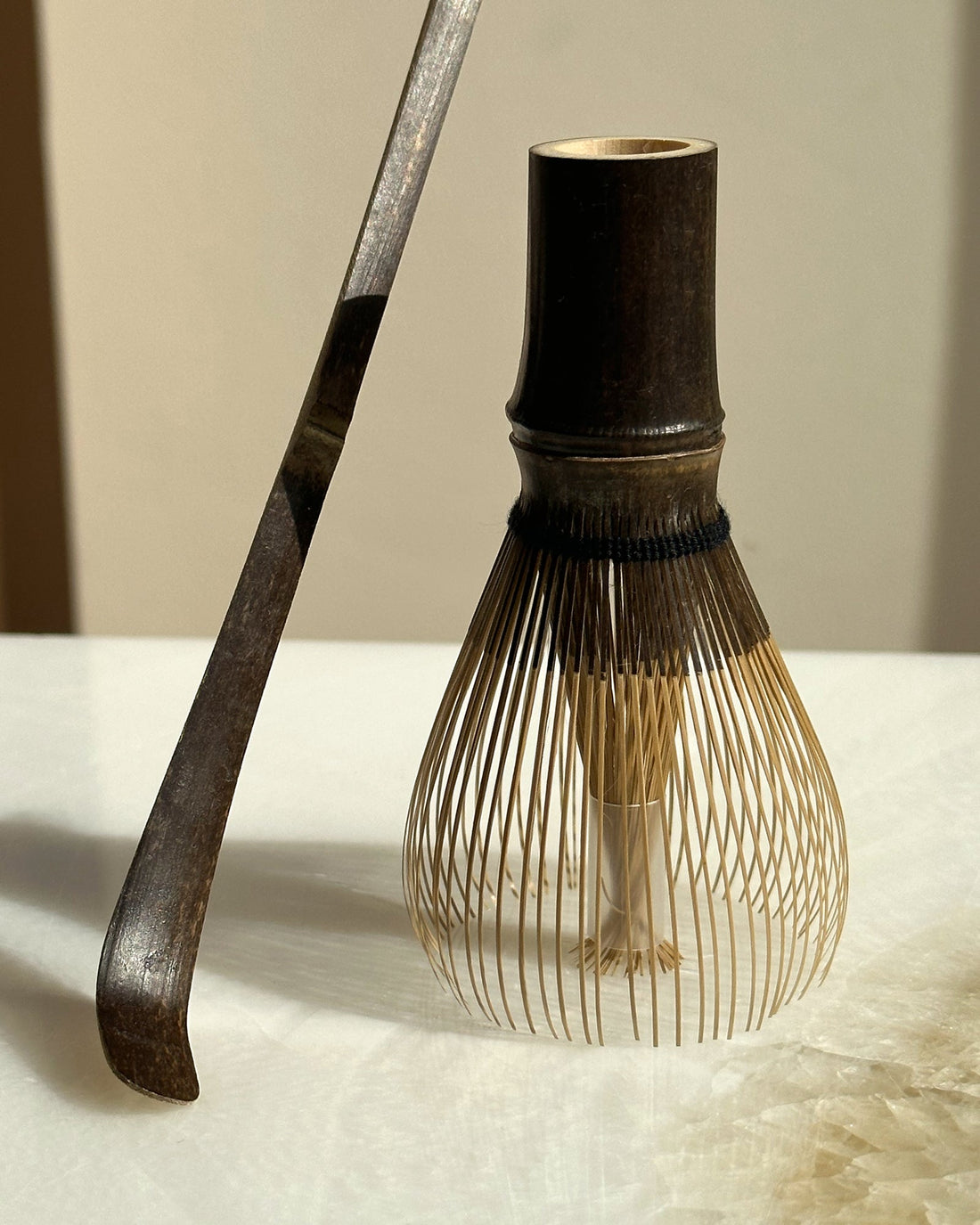 Matcha Whisk + Spoon Premium SetMatcha Whisk + Spoon Premium Set
Matcha Whisk + Spoon Premium SetMatcha Whisk + Spoon Premium Set- Regular price
-
27,73€ - Regular price
-
- Selling price
-
27,73€
-

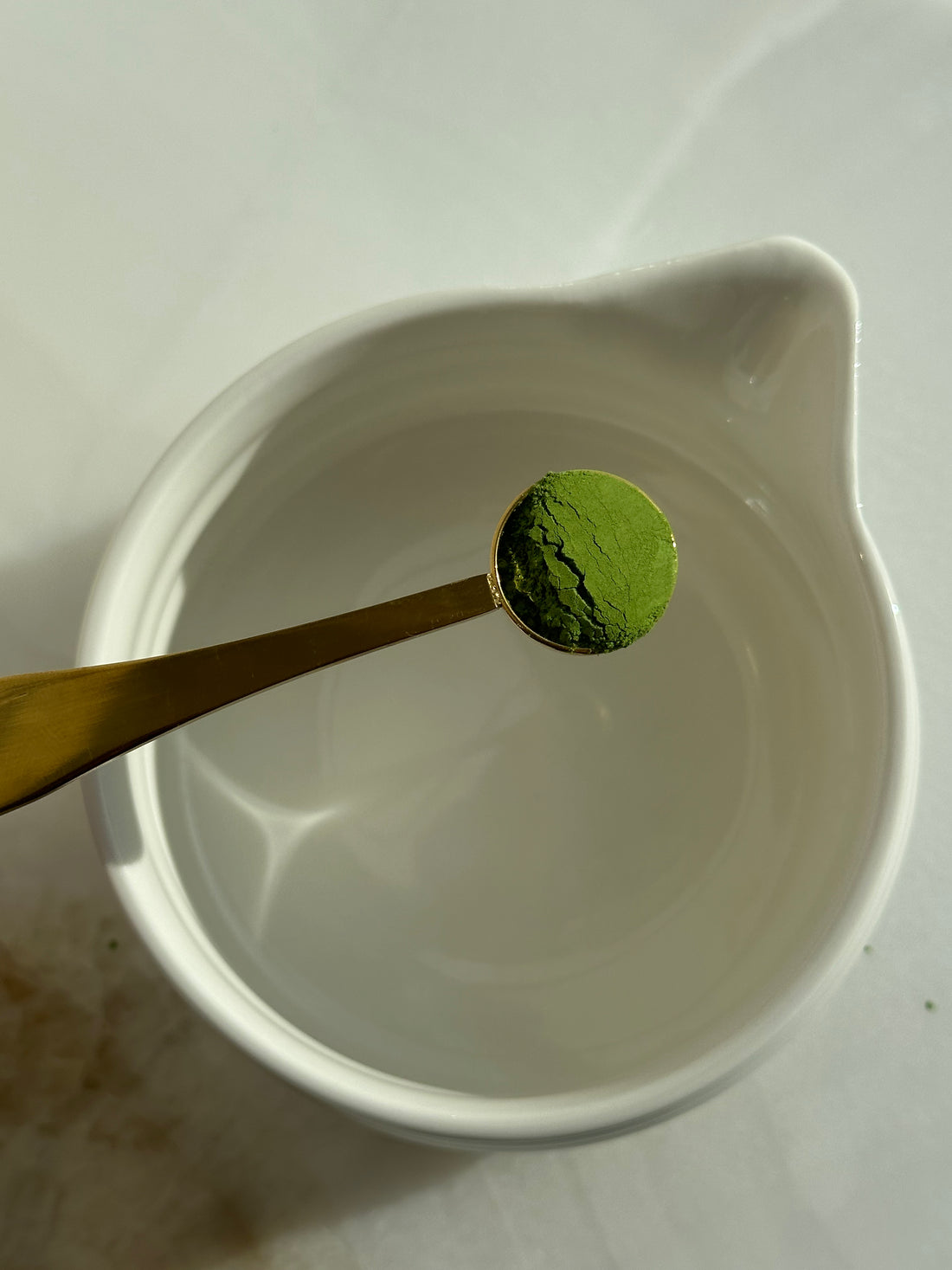 Matcha Spoon Golden SpoonMatcha Spoon Golden Spoon
Matcha Spoon Golden SpoonMatcha Spoon Golden Spoon- Regular price
-
7,14€ - Regular price
-
- Selling price
-
7,14€
-
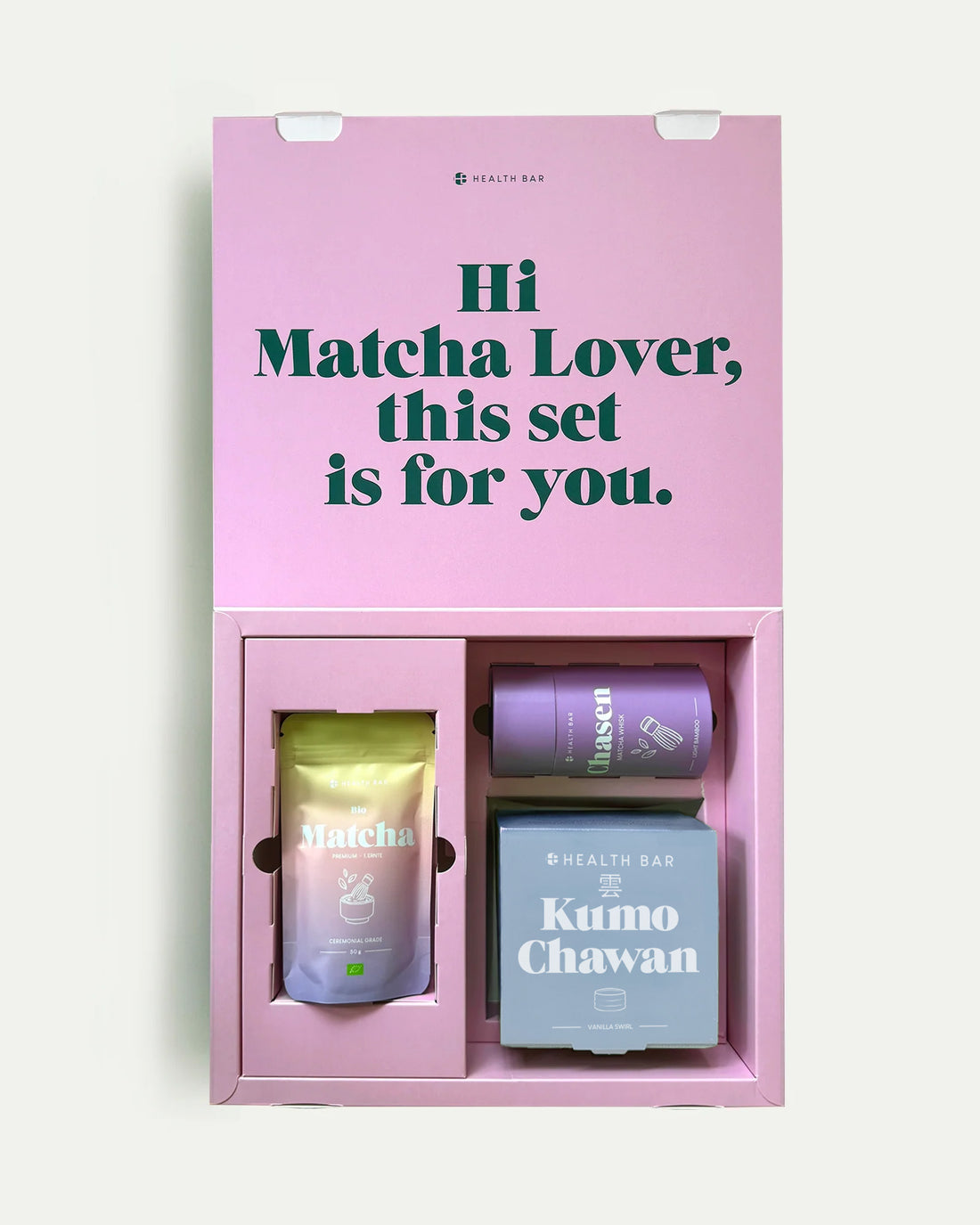
 Matcha Set M - Kumo Chawan Vanilla SwirlMatcha Set M - Kumo Chawan Vanilla Swirl
Matcha Set M - Kumo Chawan Vanilla SwirlMatcha Set M - Kumo Chawan Vanilla Swirl- Regular price
-
69,75€ - Regular price
-
- Selling price
-
69,75€
-
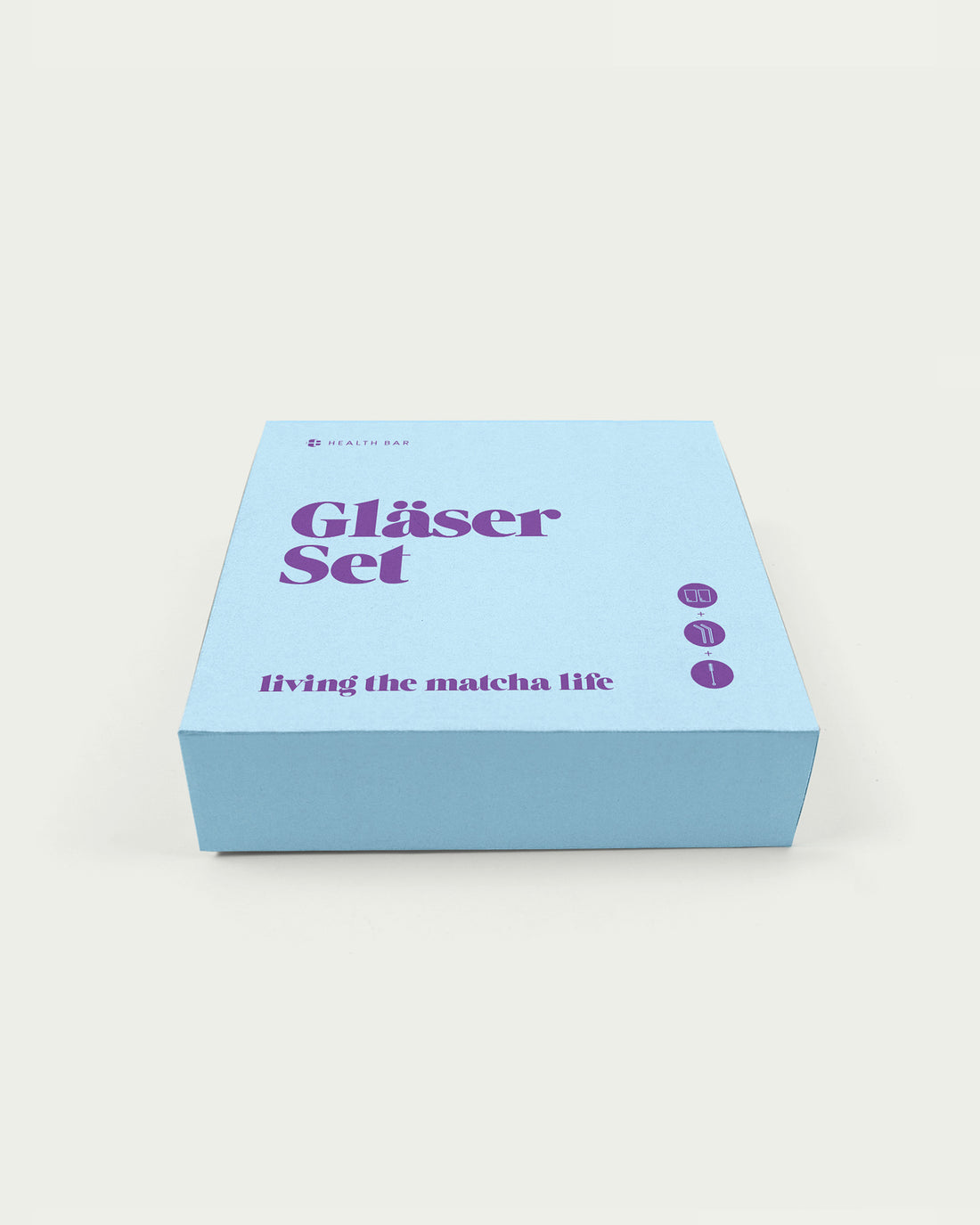
 Matcha Glass Set with Glass StrawsMatcha Glass Set with Glass Straws
Matcha Glass Set with Glass StrawsMatcha Glass Set with Glass Straws- Regular price
-
21,01€ - Regular price
-
- Selling price
-
21,01€
-

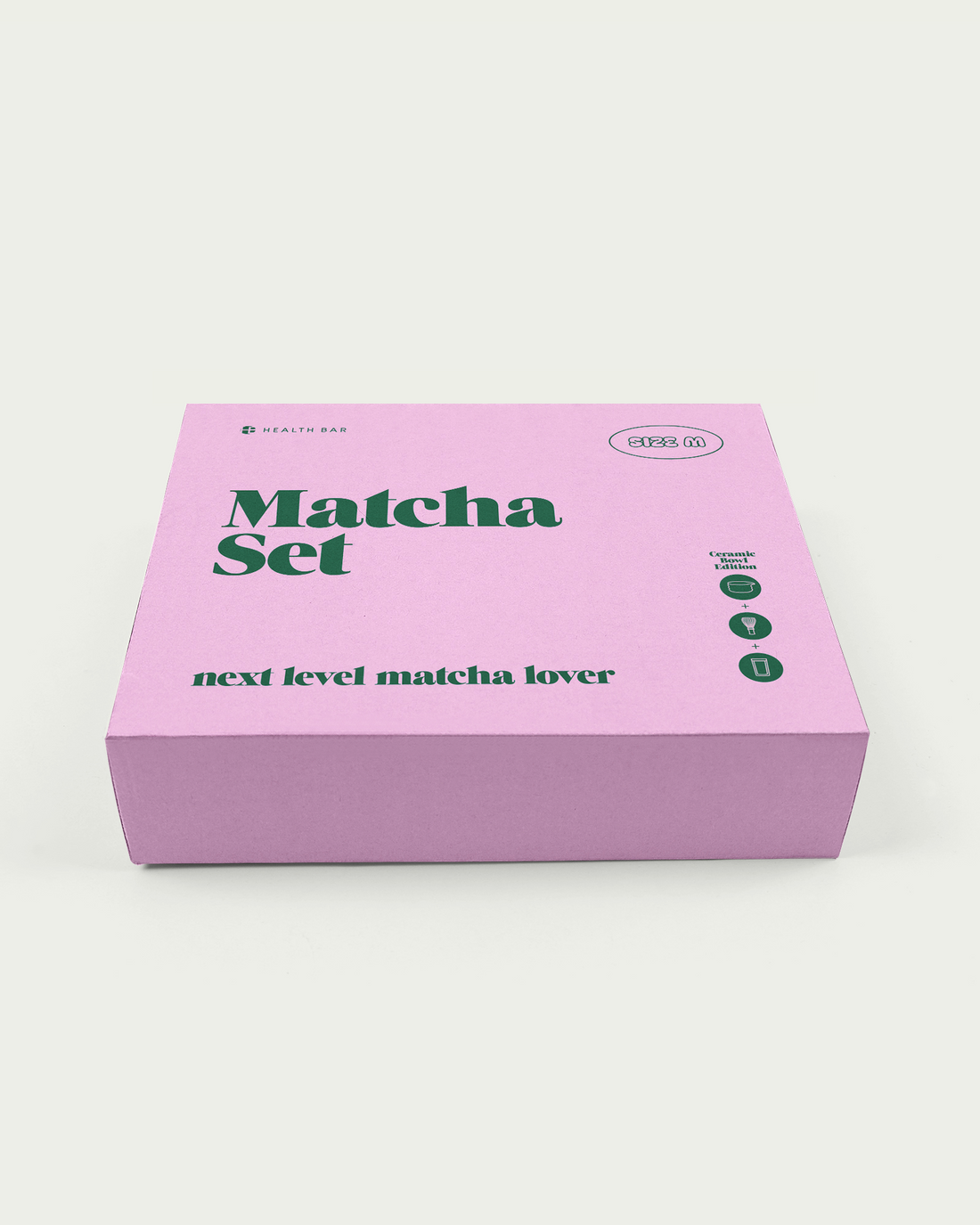 Matcha Set M - Mixing Bowl Silvery BrownMatcha Set M - Mixing Bowl Silvery Brown
Matcha Set M - Mixing Bowl Silvery BrownMatcha Set M - Mixing Bowl Silvery Brown- Regular price
-
73,11€ - Regular price
-
- Selling price
-
73,11€
-
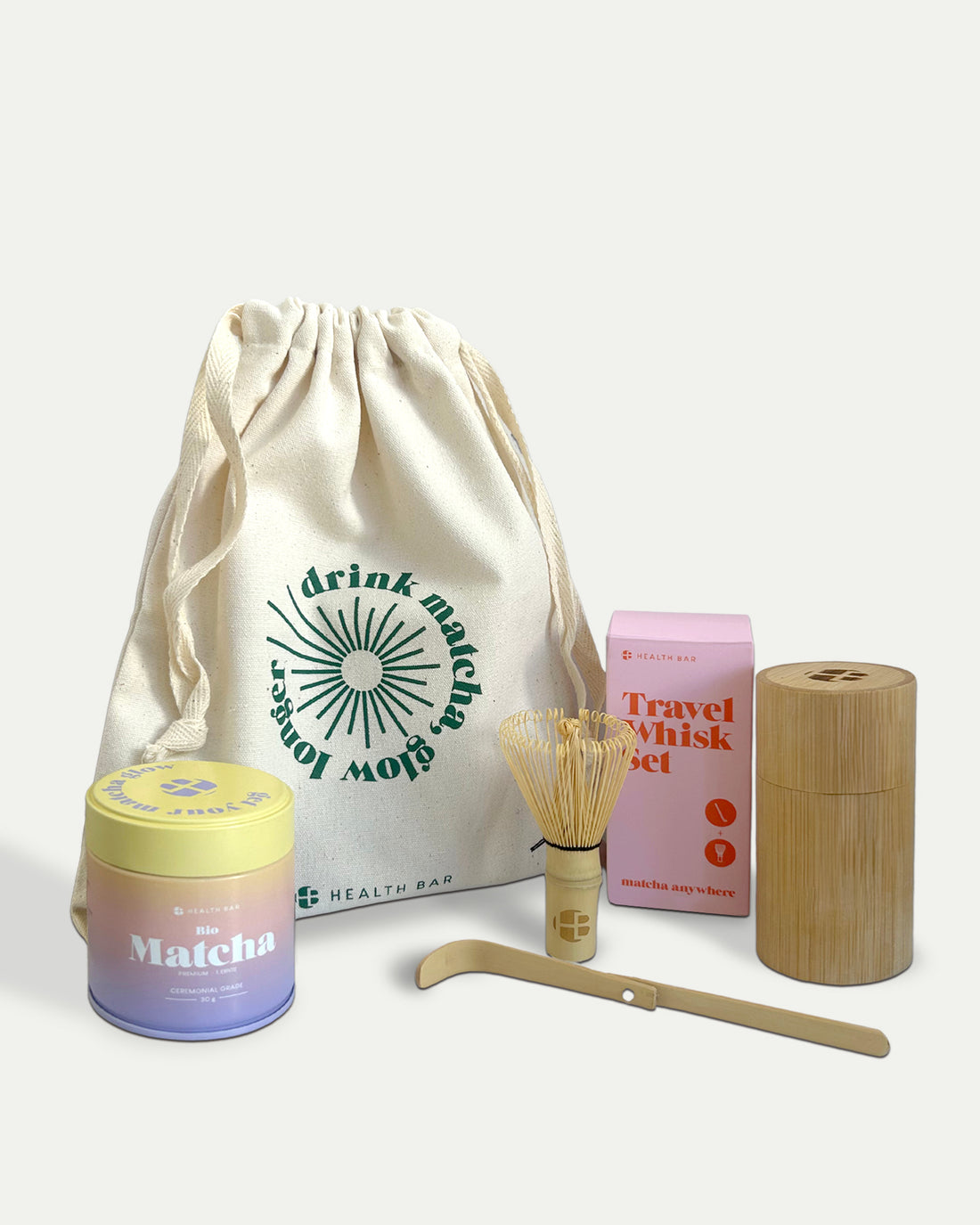
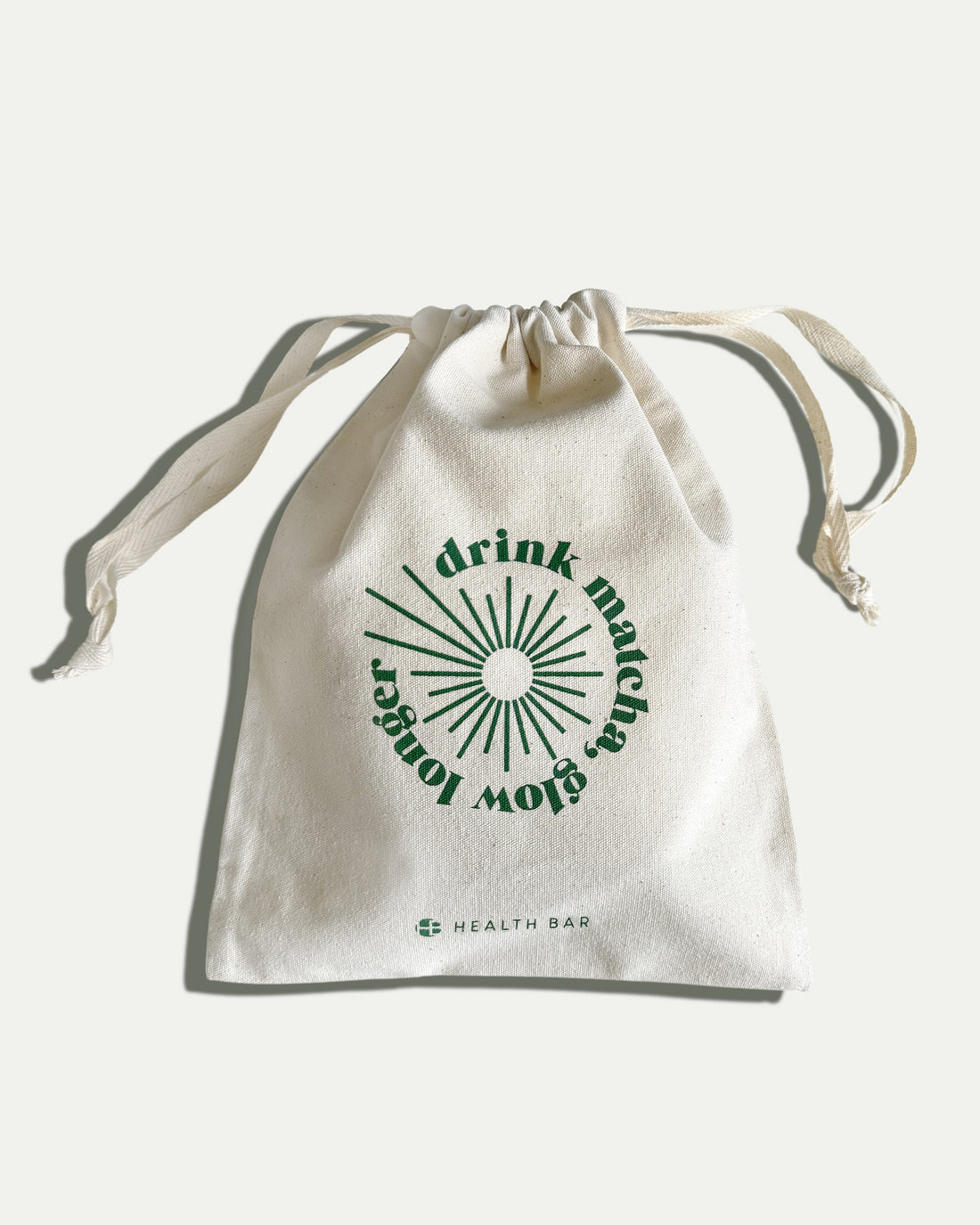 Matcha travel set for on the goMatcha travel set for on the go
Matcha travel set for on the goMatcha travel set for on the go- Regular price
-
57,14€ - Regular price
-
- Selling price
-
57,14€
-
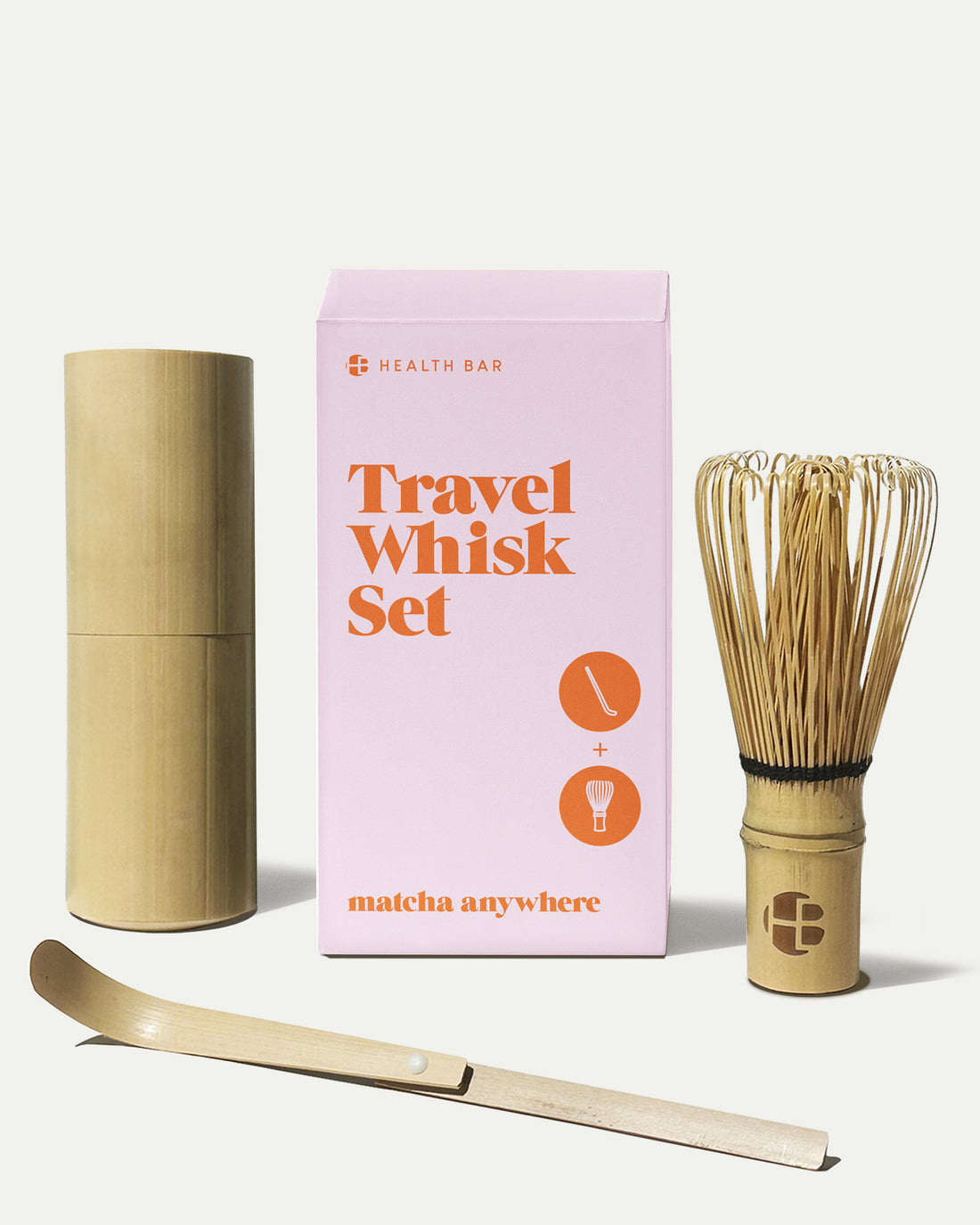
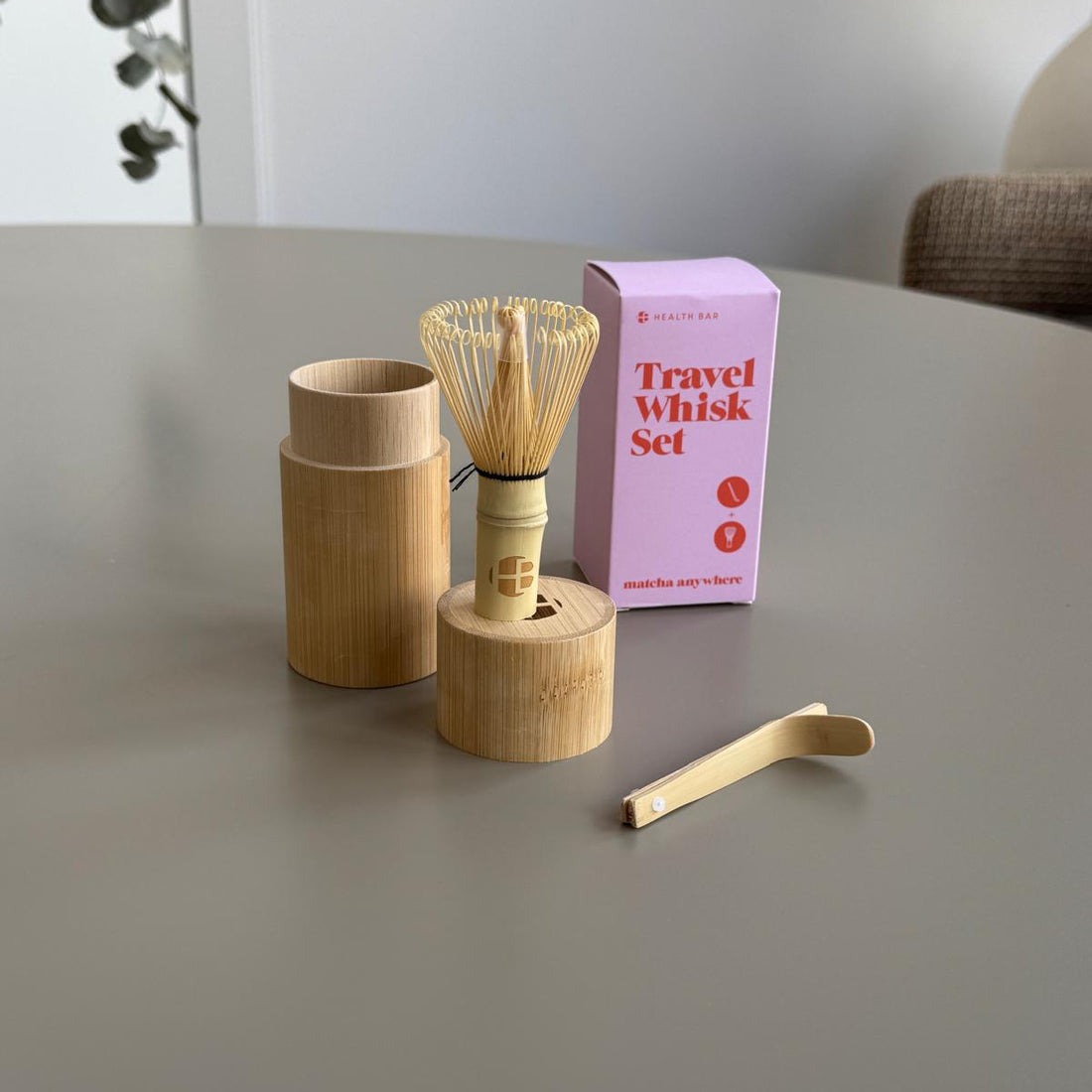 Matcha Mini Whisk & Spoon Travel Set made of BambooMatcha Mini Whisk & Spoon Travel Set made of Bamboo
Matcha Mini Whisk & Spoon Travel Set made of BambooMatcha Mini Whisk & Spoon Travel Set made of Bamboo- Regular price
-
28,57€ - Regular price
-
- Selling price
-
28,57€
-

 Matcha Set M - Mixing Bowl Cream WhiteMatcha Set M - Mixing Bowl Cream White
Matcha Set M - Mixing Bowl Cream WhiteMatcha Set M - Mixing Bowl Cream White- Regular price
-
71,43€ - Regular price
-
- Selling price
-
71,43€
-

 Matcha Tool Set SMatcha Tool Set S
Matcha Tool Set SMatcha Tool Set S- Regular price
-
24,58€ - Regular price
-
27,31€ - Selling price
-
27,31€ 24,58€
-

 Matcha Tool Set MMatcha Tool Set M
Matcha Tool Set MMatcha Tool Set M- Regular price
-
48,78€ - Regular price
-
54,20€ - Selling price
-
54,20€ 48,78€
-

 Matcha Tool Set LMatcha Tool Set L
Matcha Tool Set LMatcha Tool Set L- Regular price
-
71,47€ - Regular price
-
79,41€ - Selling price
-
79,41€ 71,47€
-

 Hearty Bowl Braun plus Kumo Chawan Cacao HazeHearty Bowl Braun plus Kumo Chawan Cacao Haze
Hearty Bowl Braun plus Kumo Chawan Cacao HazeHearty Bowl Braun plus Kumo Chawan Cacao Haze- Regular price
-
47,14€ - Regular price
-
55,46€ - Selling price
-
55,46€ 47,14€
-

 Hearty Bowl White plus Kumo Chawan Creamy CrustHearty Bowl White plus Kumo Chawan Creamy Crust
Hearty Bowl White plus Kumo Chawan Creamy CrustHearty Bowl White plus Kumo Chawan Creamy Crust- Regular price
-
45,00€ - Regular price
-
52,94€ - Selling price
-
52,94€ 45,00€
The traditional Matcha Mixing Bowls and other accessories
Buy Matcha Accessories & Equipment
In your Japanese matcha mixing bowl or matcha bowl, the full magic of a freshly prepared matcha unfolds. Matcha teasThis special ritual embodies mindfulness, serenity, and pure enjoyment. The authentic tea experience is created through the use of traditional mixing bowls and matching accessories – inspired by Japanese tea culture.
Chasen (jap.: tea whisk) – der Matcha-Besen:
For the perfect, frothy matcha experience! Just whisking with steady movements has something calming and meditative about it.
Chashaku (jap.: tea scoop) – der Matcha-Löffel
With the narrow bamboo spoon you can portion the matcha powder particularly precisely.
Chasen holder
This ensures that your matcha whisk dries thoroughly after cleaning and retains its shape. Proper storage significantly extends its lifespan.
Mixing Bowl
Our Matcha bowls These bowls are handcrafted and perfect for preparing your matcha. The smooth surface makes mixing the matcha particularly easy. The spout allows you to pour your matcha into your cup or chawan without any spills. Of course, you can also enjoy the matcha directly from the bowl.
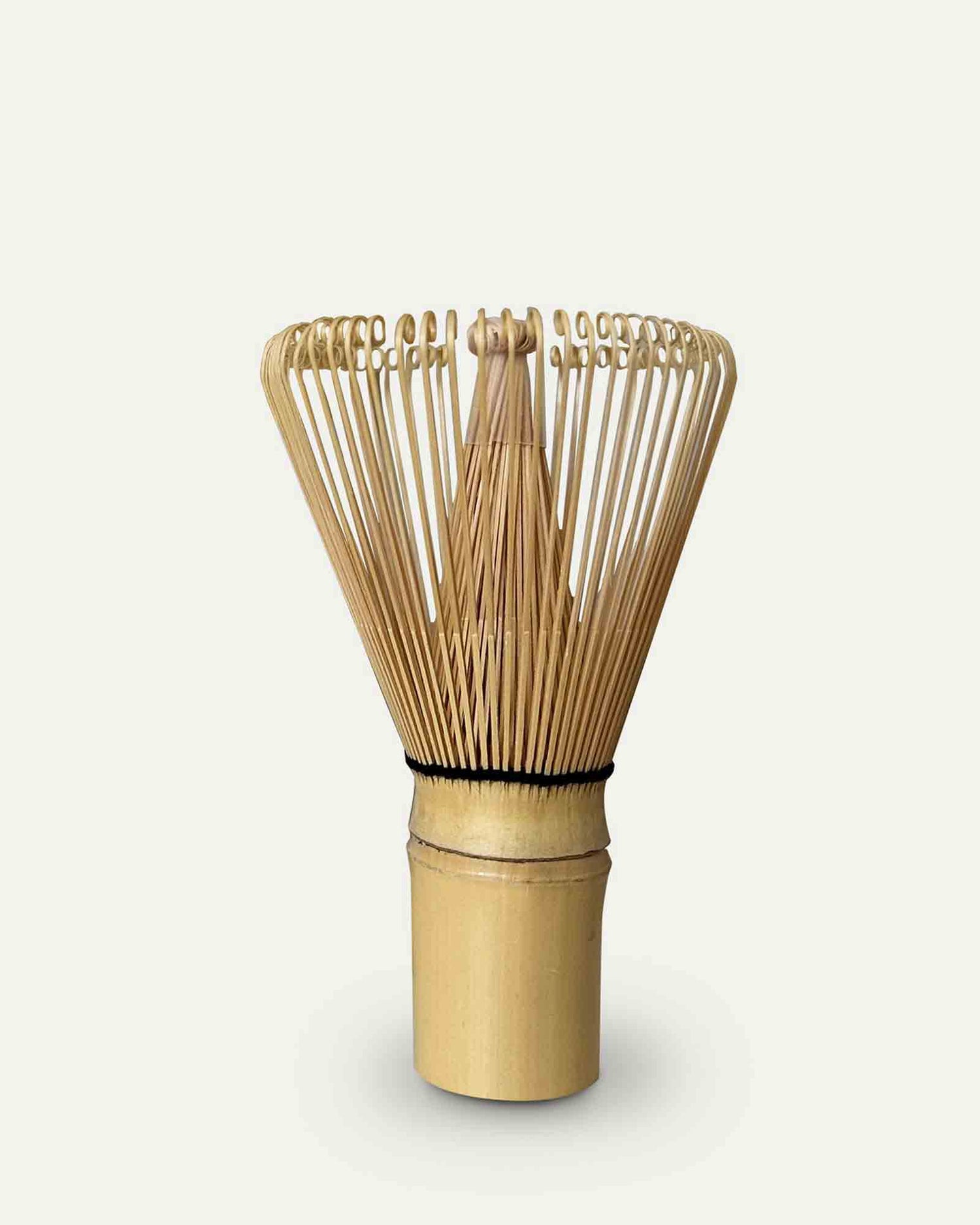
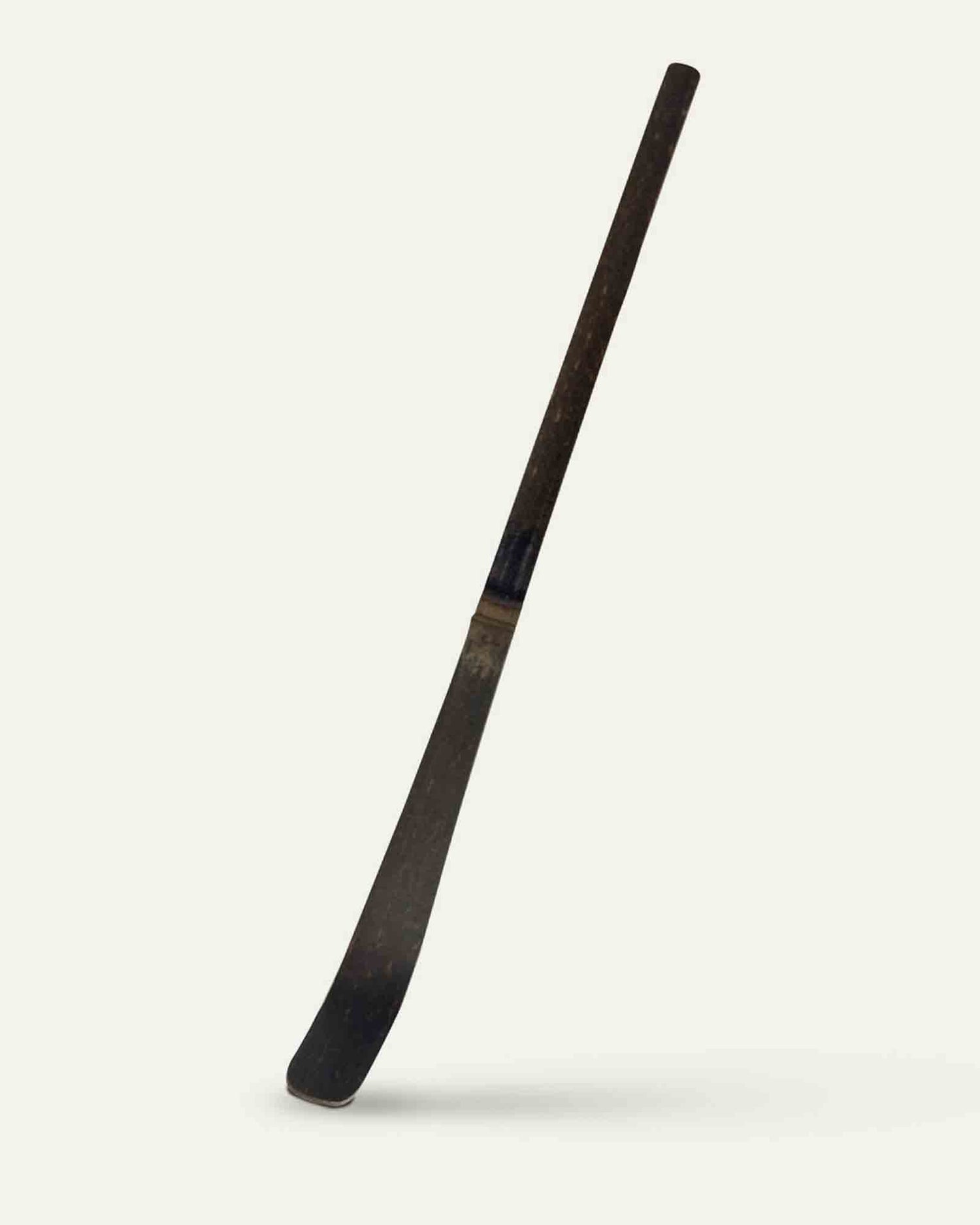
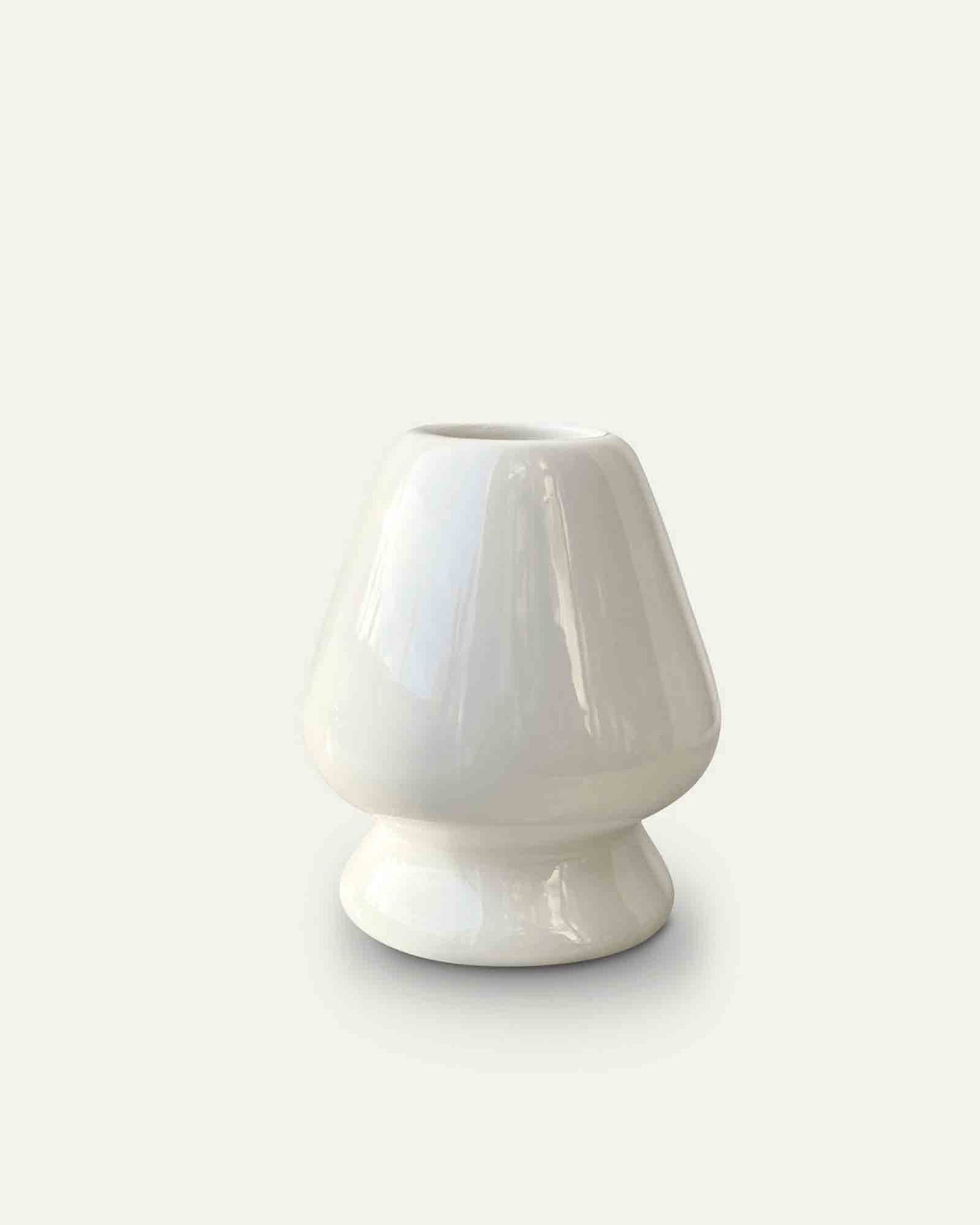
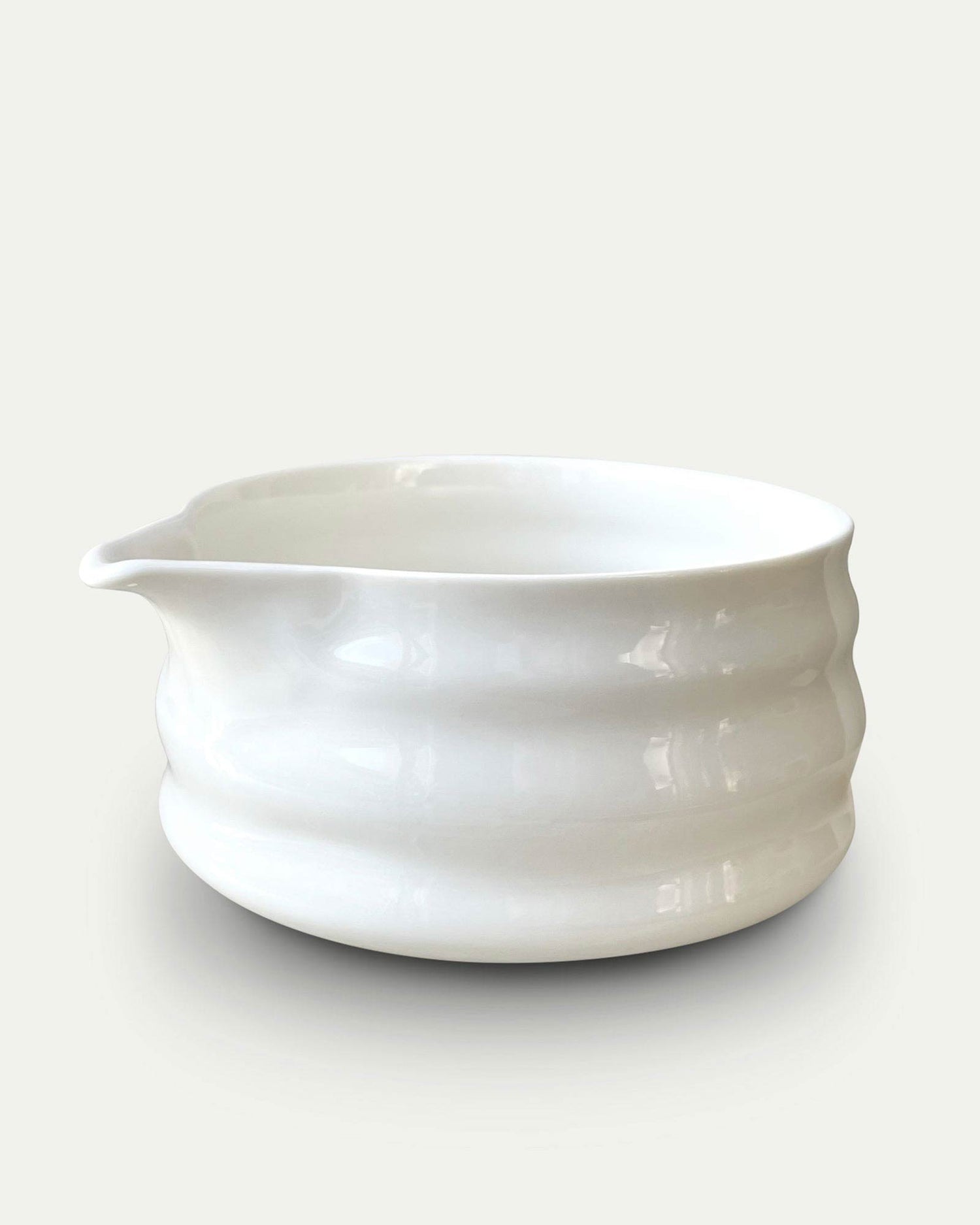
-
Matcha Besen
To the category -
Match Spoon
To the category
Matcha stands for a mindful tea experience inspired by Japanese tea culture
Chasen, Chashaku, Mixing Bowl – for your personal tea ceremony
In Japan, tea is prepared and celebrated in a traditional ceremony. This tea ceremony, known as "chadō" (茶道), is a ritual experience based on the principles of Zen philosophy and serves to slow down everyday life. If you want to fully enjoy matcha in its traditional form and take a soothing break from everyday life, then follow the path of matcha tea and discover the basic utensils essential for traditional matcha preparation.
FAQ on Matcha Accessories: Whisks & Spoons
What should I consider before using the matcha whisk for the first time?
Before you use your matcha whisk (chasen) for the first time, there are some important steps to follow to ensure it works well and lasts a long time:
- soakingBefore using the matcha whisk for the first time, place it in warm water to soften the bristles and remove any residue. Let it soak for about 5 to 10 minutes.
- Let it dryAfter soaking, remove the broom from the water and shake it gently to remove any excess water. Then let the broom air dry. Avoid drying the broom directly near a heat source such as a radiator or in direct sunlight, as this can damage the bristles.
- Shake before useBefore using the matcha whisk, shake it gently to remove any loose bristles and ensure it is clean.
- Gently whipWhen whisking matcha, make sure to use gentle, even movements to achieve a good foam without damaging the bristles. Avoid pressing or bending the whisk too hard, as this can break or deform the bristles.
How do I properly store the matcha whisk?
To properly store your matcha whisk (chasen) and
To extend its lifespan, follow these steps:
- DryAfter use, rinse the broom under warm water to remove any residue. Shake off excess water and let the broom air dry. Avoid storing the broom in a closed container or in humid environments, as this can encourage mold growth.
- storageStore the matcha whisk in a clean, dry place, protected from moisture and dirt. Ideal.
It is advisable to store the whisk on a special matcha whisk holder or in an open container with the bristles facing upwards to prevent them from becoming deformed.
become. - Air circulation: Ensure the storage location of the matcha whisk has good air circulation to prevent moisture and facilitate drying. Avoid storing the whisk in a closed cabinet or drawer where air cannot circulate.
- Regular cleaningClean your matcha whisk regularly to remove residue and maintain hygiene. You can rinse it with warm water or occasionally clean it with a mild detergent. After cleaning, allow the whisk to dry thoroughly before reusing or storing it.
How do I clean the matcha whisk after preparation?
After preparing matcha, it's important to thoroughly clean your matcha whisk to remove residue and ensure hygiene. Here's how to clean your matcha whisk after preparation:
- Rinse the broomRinse after use.
Immediately rinse the matcha whisk under warm water to remove excess matcha and
To remove residue, use your fingers to gently work between the bristles.
to rub and ensure that all matcha residue is removed. - Pay attention to the bristlesBe especially careful not to bend or damage the broom's bristles. Avoid pressing or bending the broom too hard to prevent deformation of the struts.
- Let dryShake the broom gently to remove excess water, then let it air dry.
Stand the broom upright with the bristles facing upwards so they can dry thoroughly. Avoid storing the broom in a closed container or in a damp environment, as this can promote mold growth. - Occasional cleaningOccasionally, you can clean the matcha whisk more thoroughly by rinsing it with warm water.
Use your fingers to gently clean between the bristles, and rinse the
Broom thoroughly.
Why does the matcha whisk have a knot in the middle?
The knot in the center of the matcha whisk, also known as the "nodo," is a feature intentionally incorporated by artisans during the manufacturing process. This knot serves to bundle the whisk's bristles and give them structure.
The nodo helps keep the whisk's bristles in the correct position, ensuring they don't bend or fray excessively during use. This is especially important because the matcha whisk is used for whisking matcha, which requires a certain amount of stiffness and structure to effectively distribute the matcha powder and create a fine foam.
By using a knot in the center of the whisk, the bristles can be evenly arranged and supported, resulting in better performance and durability. The nodo is therefore not a flaw, but a deliberate design feature that improves the functionality and longevity of the matcha whisk.
Is a whisk necessary to prepare matcha?
A matcha whisk, also known as a chasen, is not essential, but it is a traditional and very useful tool for preparing matcha. A matcha whisk helps to thoroughly mix the matcha powder with hot water to achieve a consistent consistency and texture and create a fine foam on the surface of the drink.
While it's possible to prepare matcha without a whisk, such as with a milk frother, it won't produce the same quality and foam as with a matcha whisk. The whisk allows the matcha powder to be effectively distributed, creating a creamy, foamy texture characteristic of high-quality matcha.
If you prepare matcha regularly and value authentic preparation, then a matcha whisk is definitely a worthwhile investment. It makes preparing matcha easier and more effective, helping you enjoy a delicious and authentic matcha experience.
Why does the shape of the matcha whisk change over time?
There are several reasons why the shape of the chasen may change over time:
- Wear of the bristlesNote: The bristles of the matcha whisk are thin and flexible and can wear out or bend over time, especially with repeated use. This can cause the whisk's shape to gradually change, and the bristles may no longer be as evenly or symmetrically arranged as they were initially.
- Moisture and dryingMatcha whisks are sensitive to moisture and can become deformed if they are not dried properly or if they are stored in humid environments for extended periods. Moisture can cause the bristles to expand or stick together, which can affect the shape of the whisk.
- Pressure and stress: If the matcha whisk is subjected to excessive pressure or stress when whisking matcha, the bristles may bend or break, which may change the shape of the whisk.
It's important to thoroughly clean and dry your matcha whisk after each use to ensure its durability and prevent deformation. However, if the whisk's shape changes over time, this may be normal and may not necessarily affect its performance. However, some changes in shape may indicate that it's time to replace the whisk, especially if the bristles are damaged or unevenly worn.
Will the matcha oxidize if you use a metal spoon?
Using a stainless steel spoon to stir or whisk matcha will not cause oxidation. However, matcha can deteriorate if left unprotected and in contact with air for extended periods, as oxygen in the air can impair matcha's antioxidant properties. This is one of the reasons why matcha is stored in airtight containers, and using an airtight lid during preparation is recommended to minimize contact with air.
Is a bamboo spoon necessary for preparing matcha?
A bamboo spoon, also known as a "chashaku," is not essential for preparing matcha, but it is a traditional and practical tool often used to measure the correct amount of matcha powder and add it to the bowl.
The bamboo spoon has a flat, scoop-like shape that allows you to measure and dose a precise amount of matcha powder. This is especially important, as the correct dosage of matcha has a significant impact on the taste and quality of the drink. With the bamboo spoon, you can measure the perfect amount of matcha powder to prepare a balanced and delicious matcha drink.
If you don't have a bamboo spoon, you can alternatively use a teaspoon to measure the matcha powder. However, be sure to measure the amount carefully to avoid overdosing or underdosing. Some matcha sets also come with a measuring spoon specifically designed for preparing matcha, allowing for precise measurement.
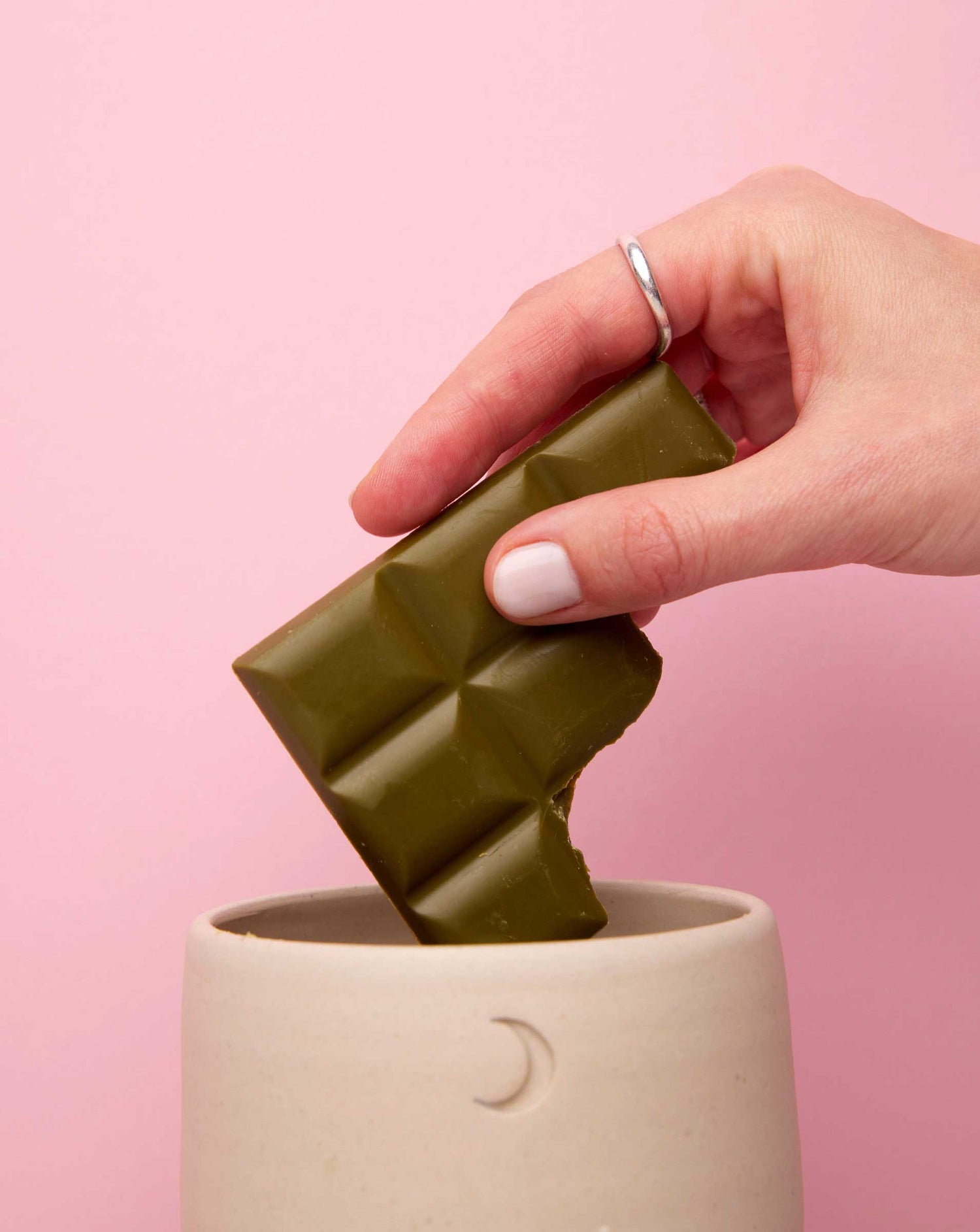
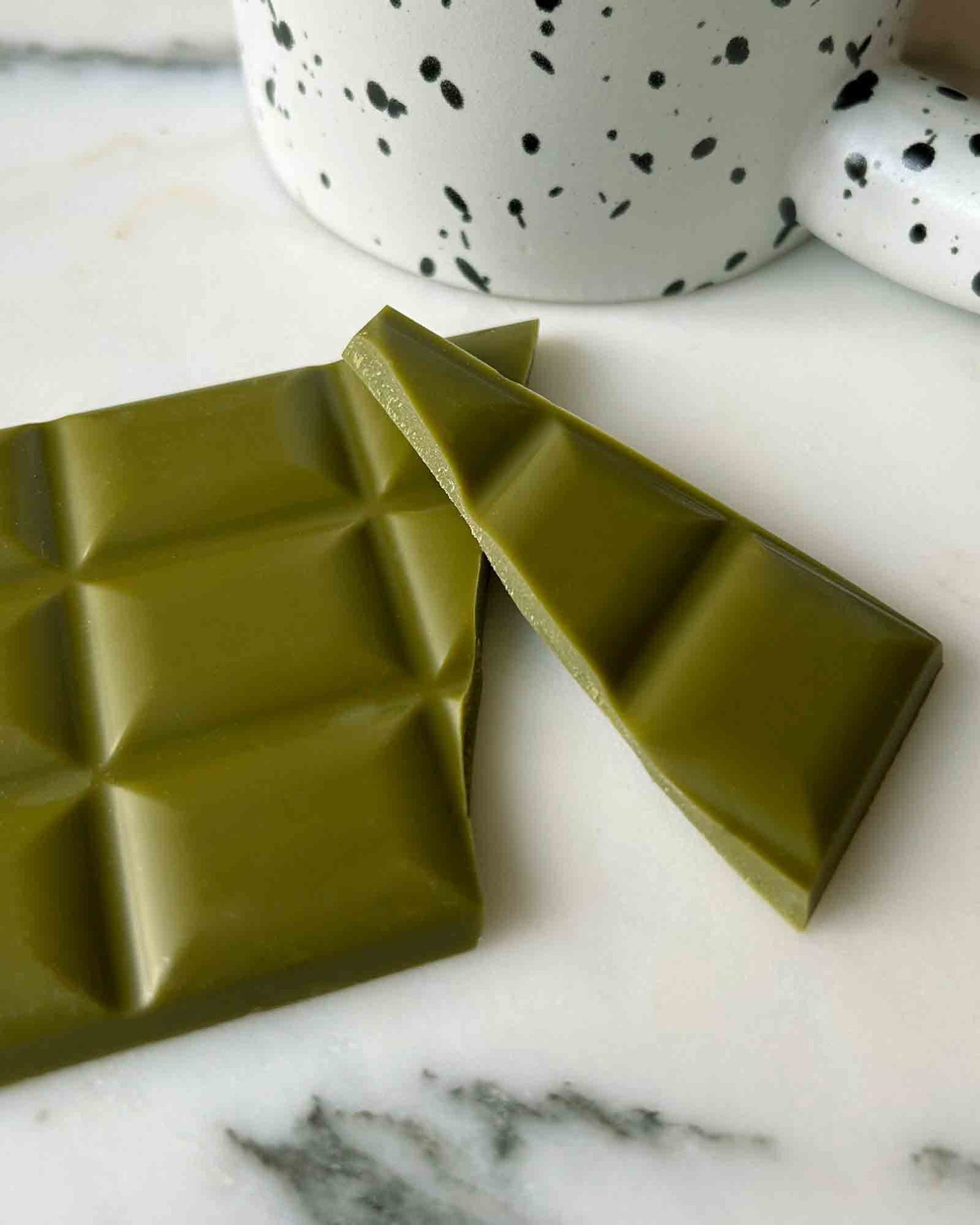
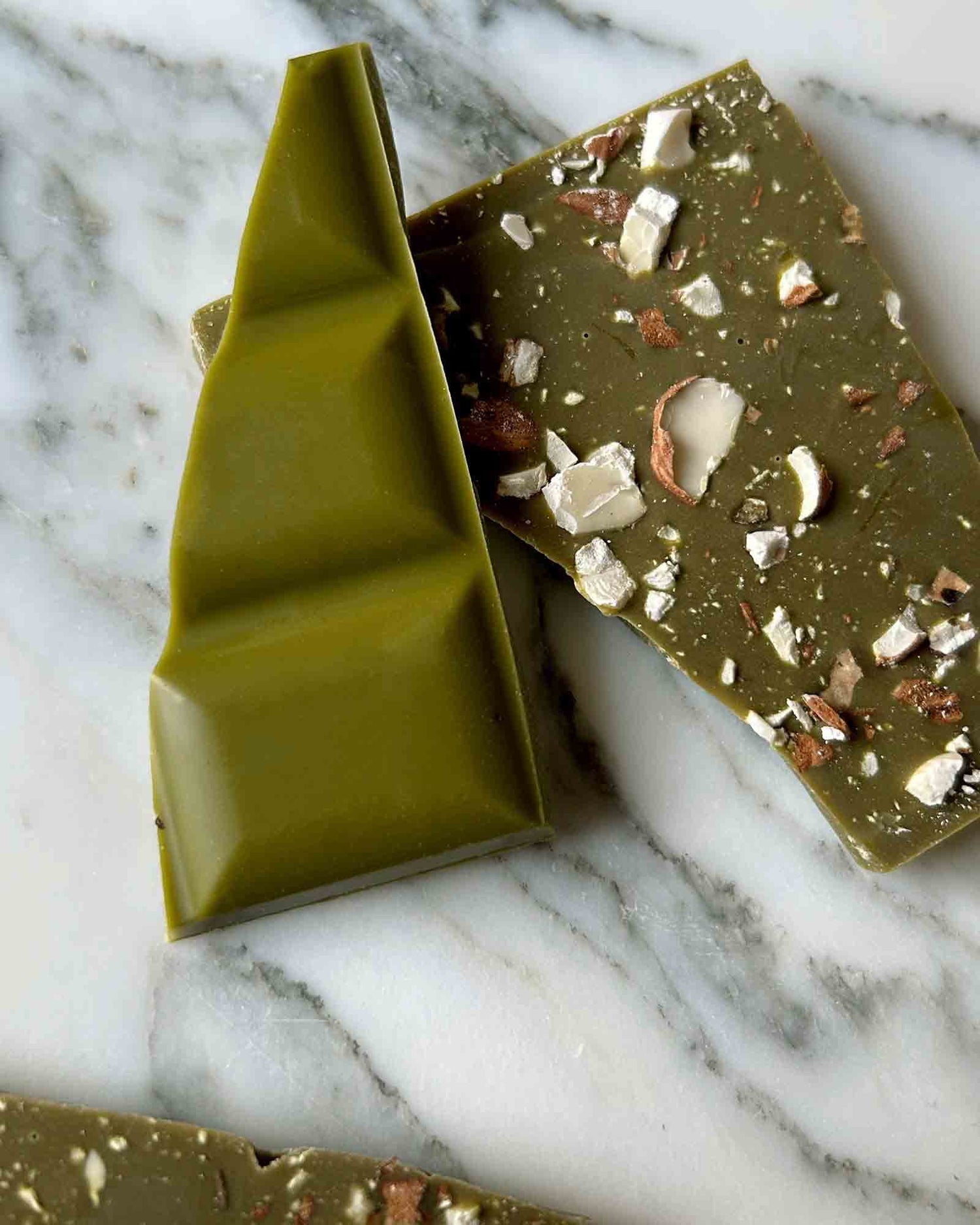
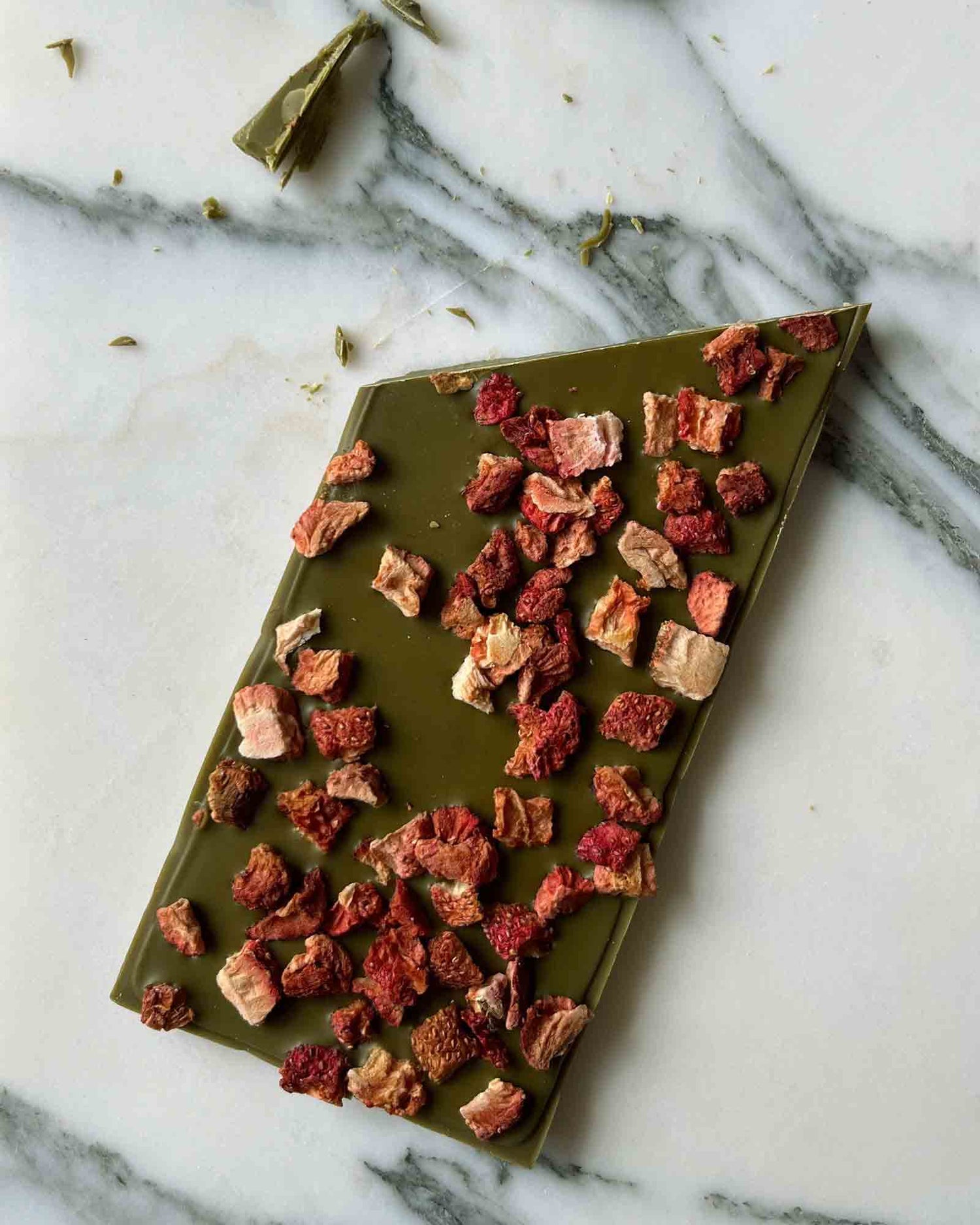
Already tried?
Our tip: If you want to experience the tea journey to the very end, don't forget to serve something sweet with the matcha. How about...? Matcha chocolate?


